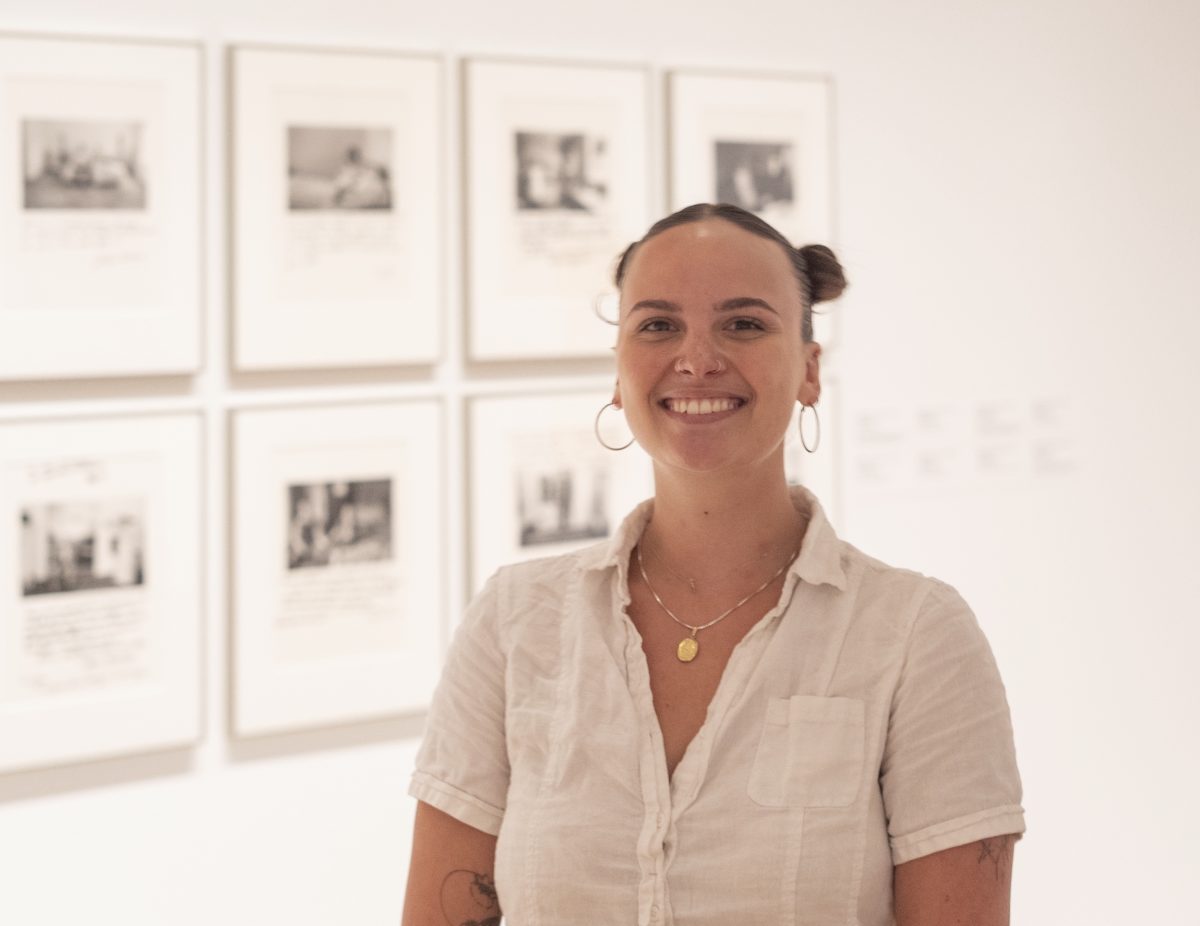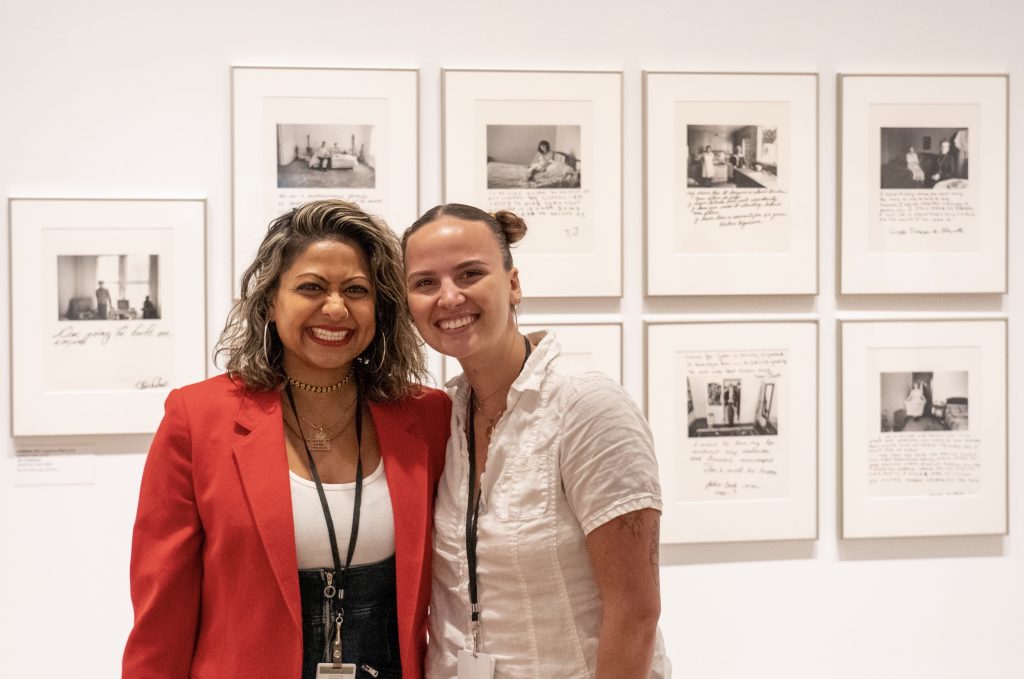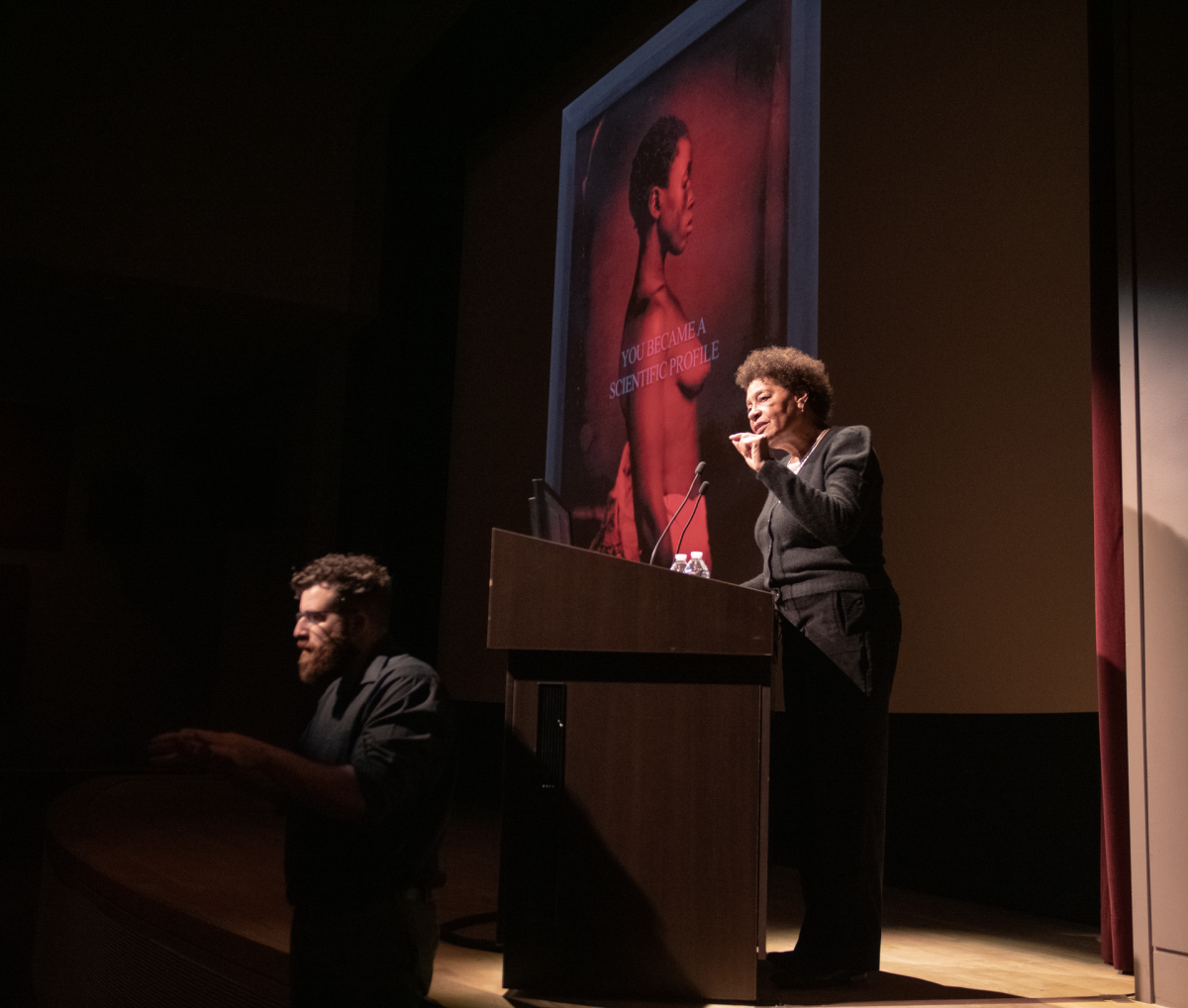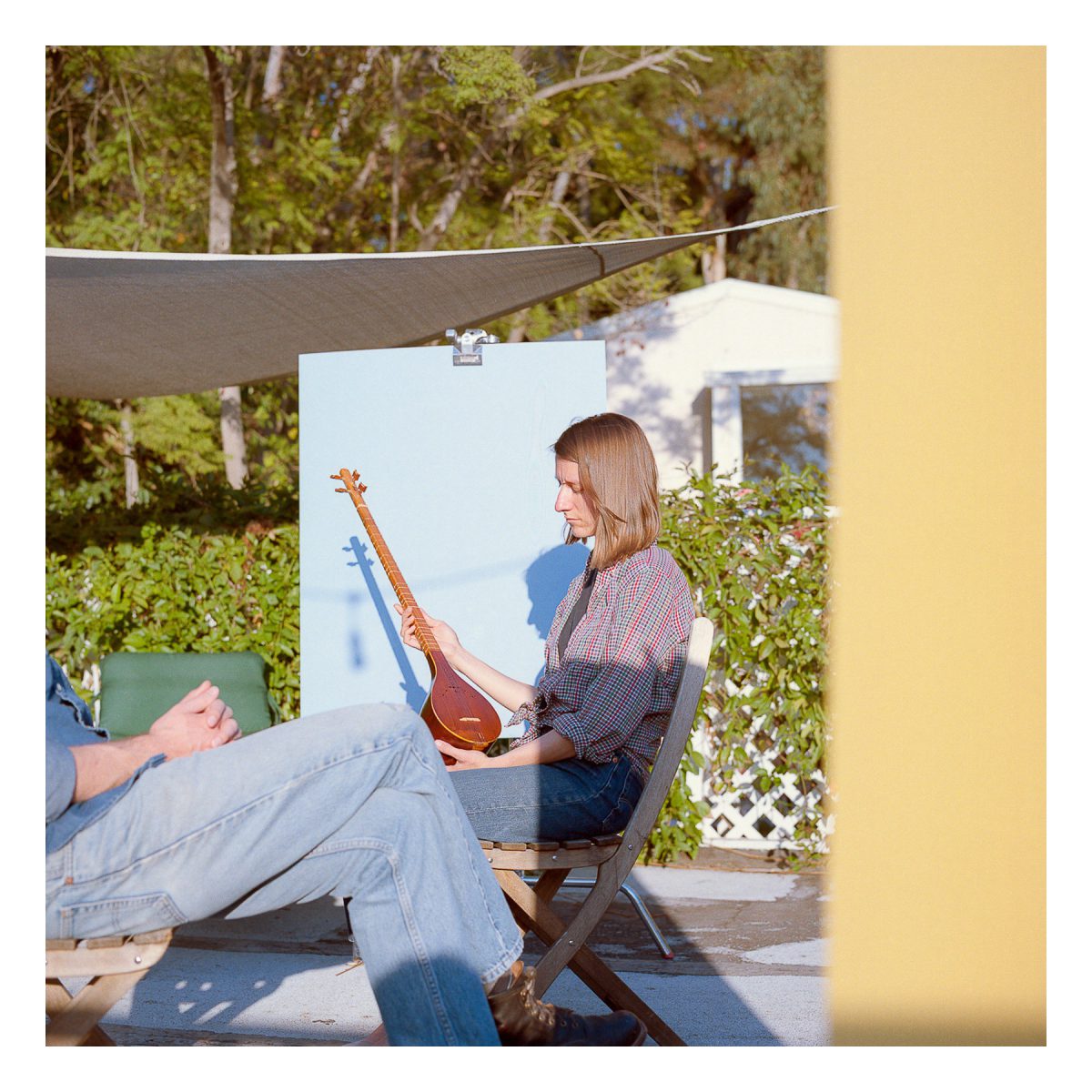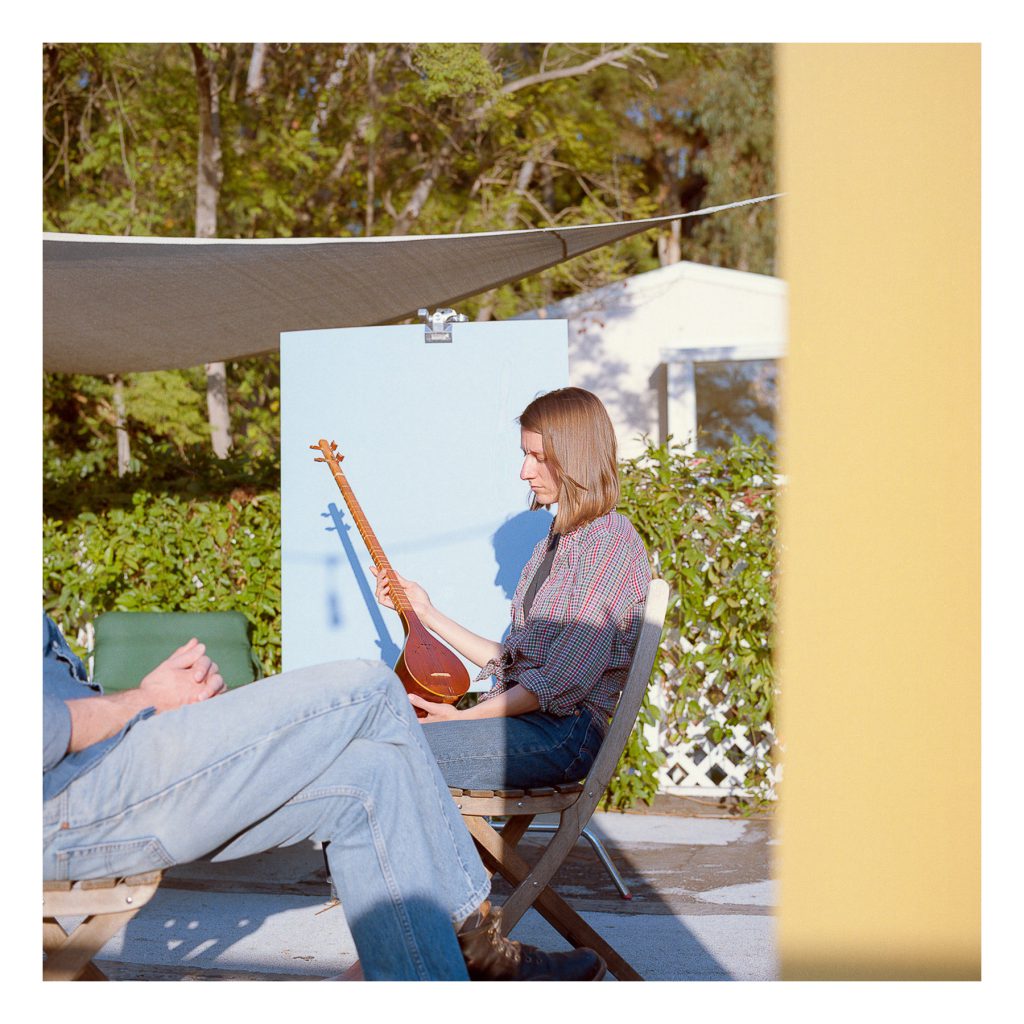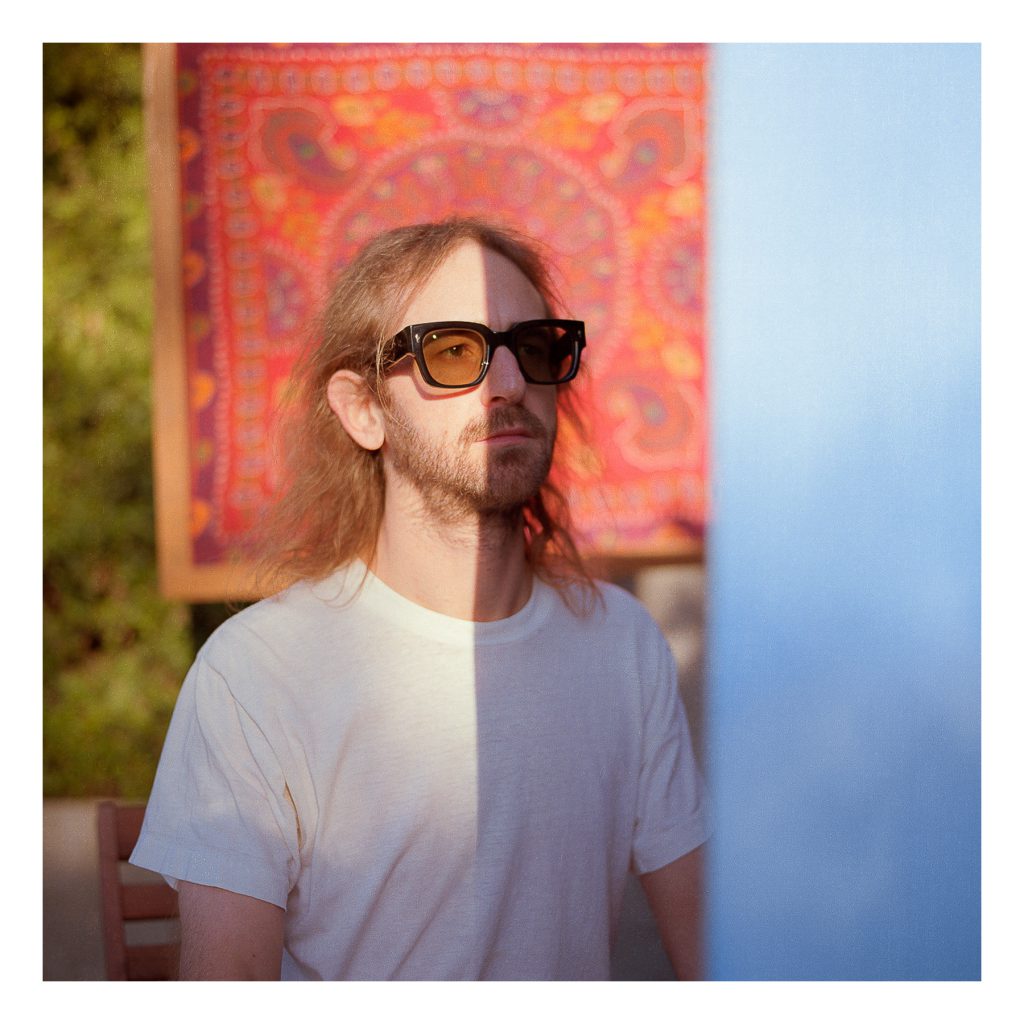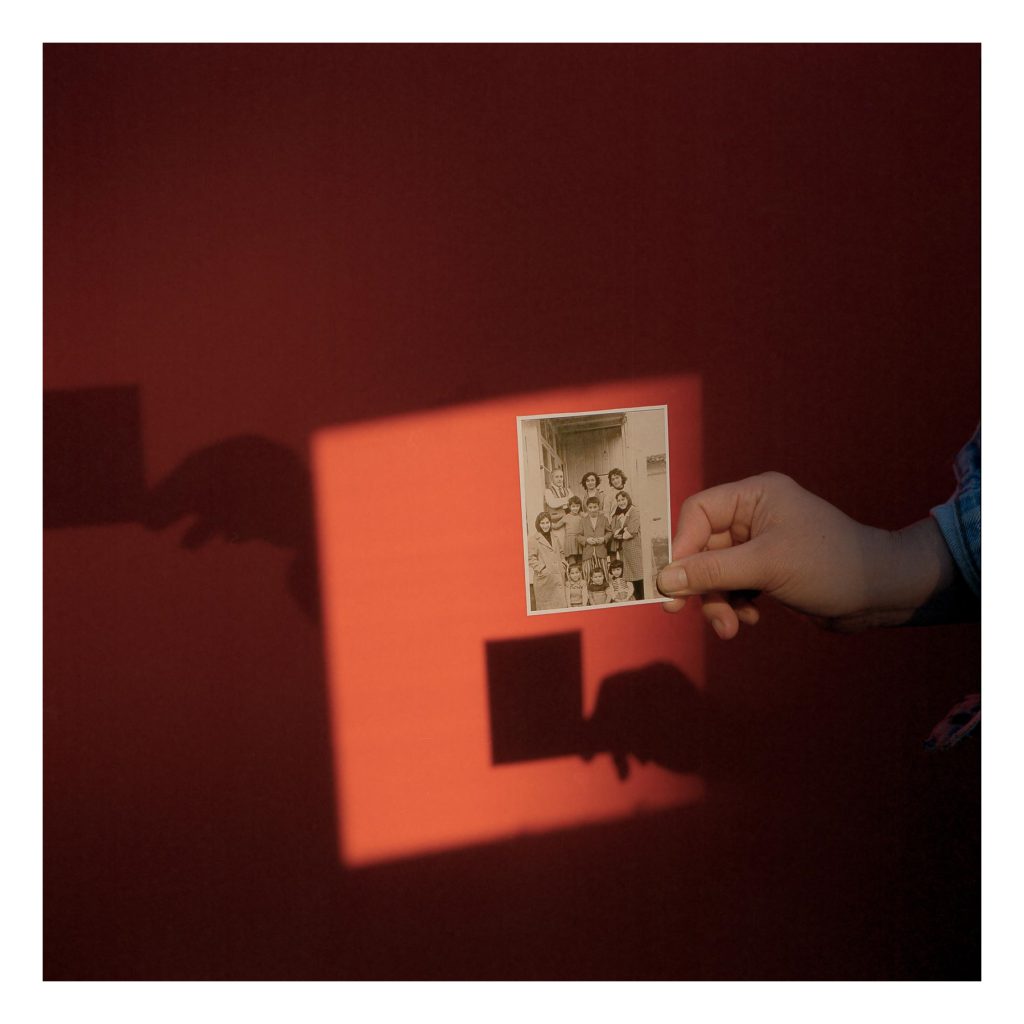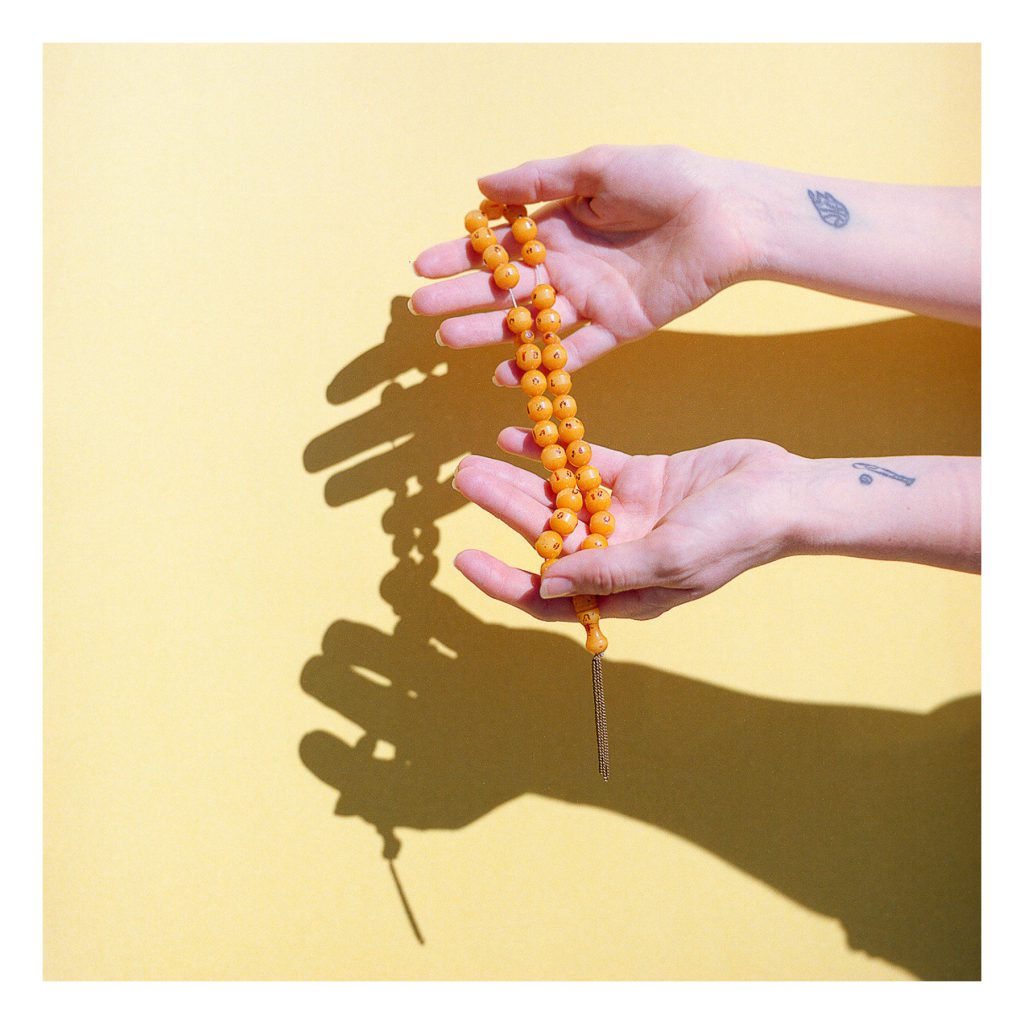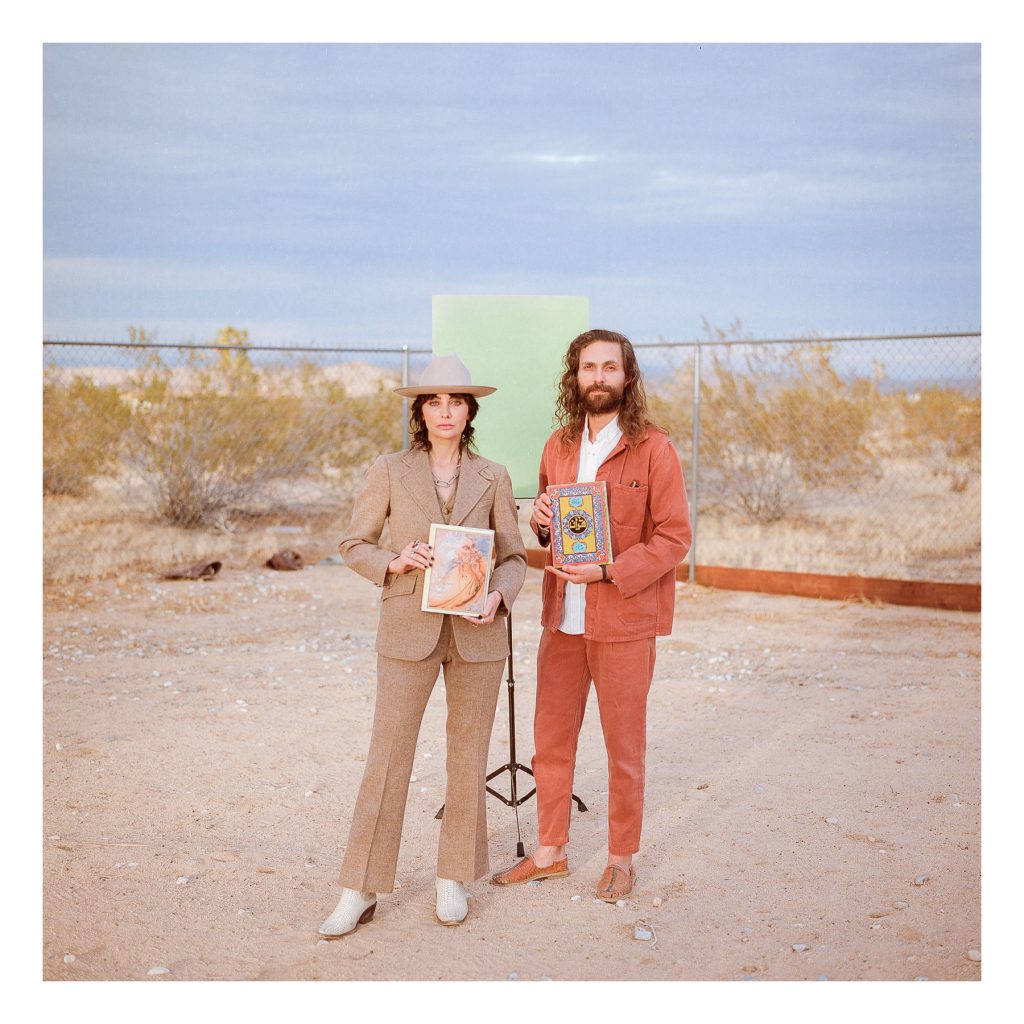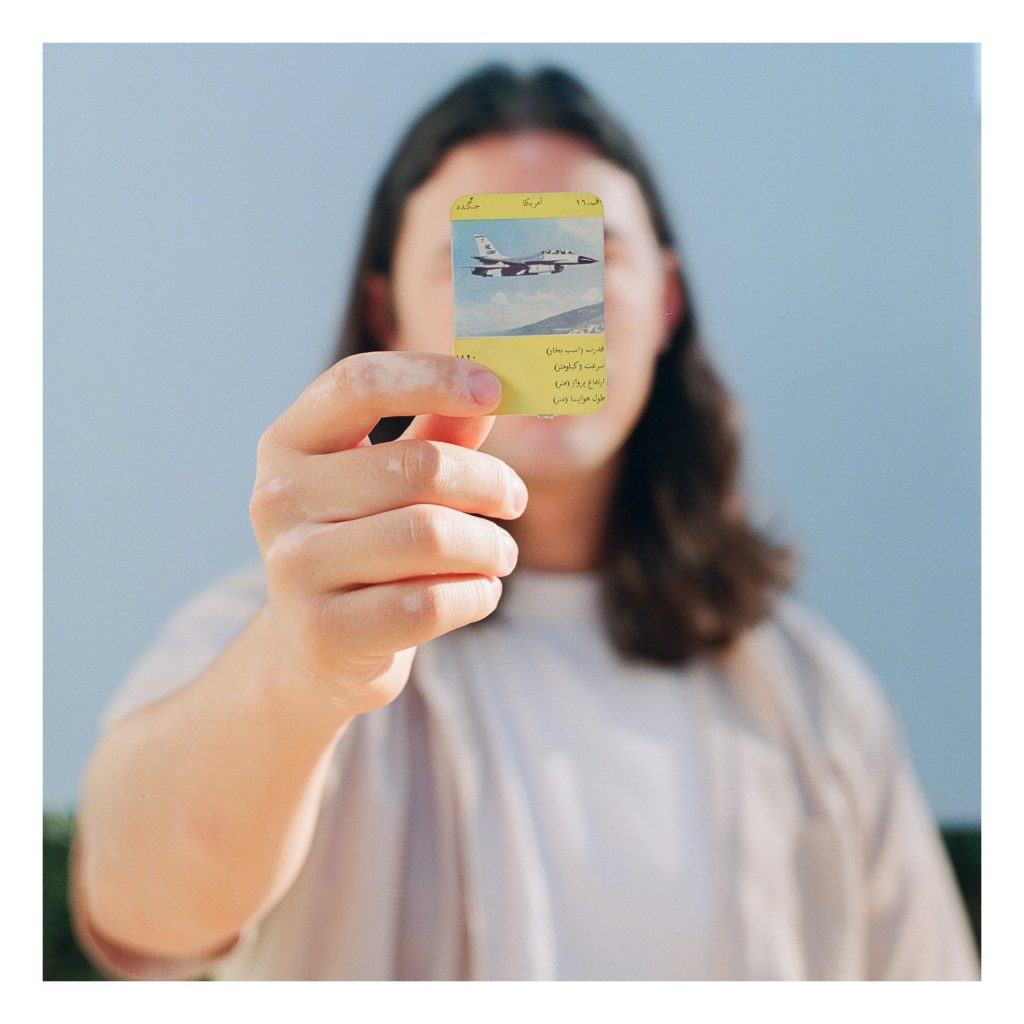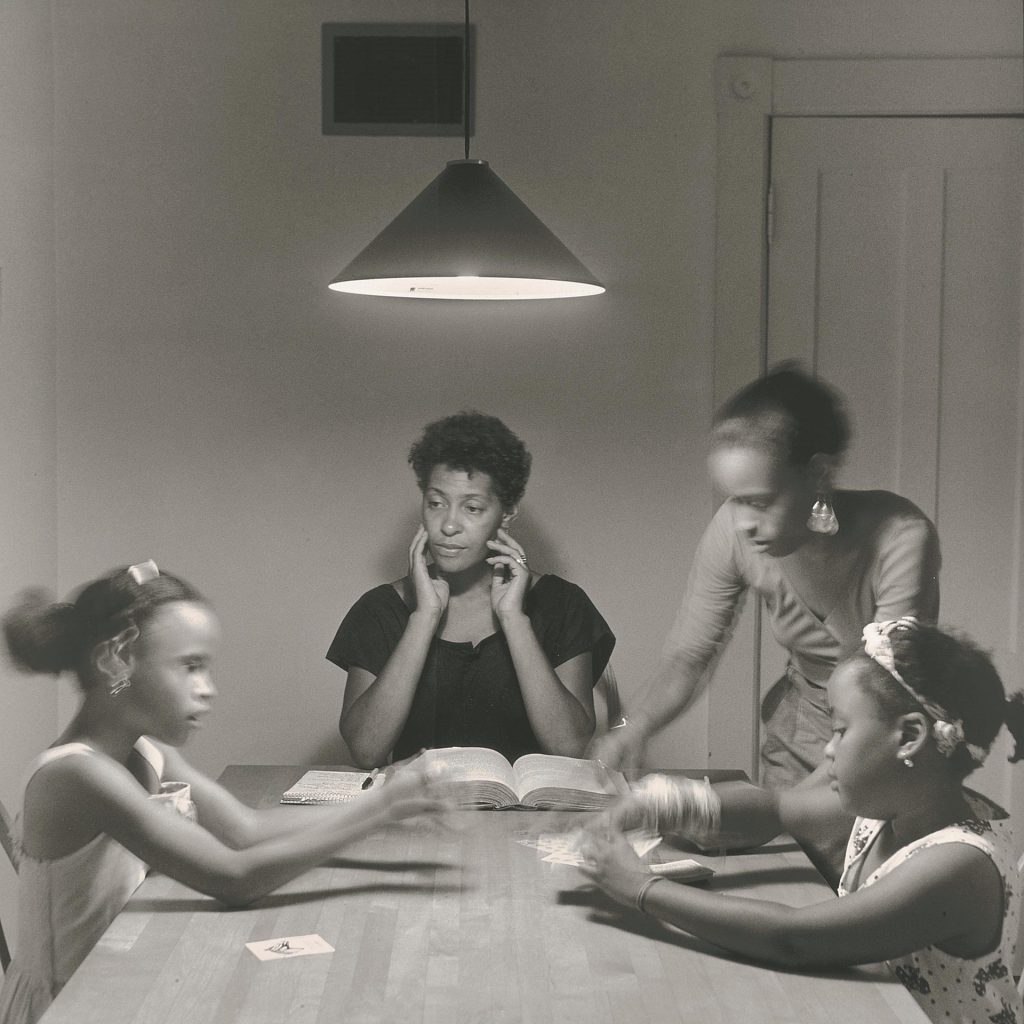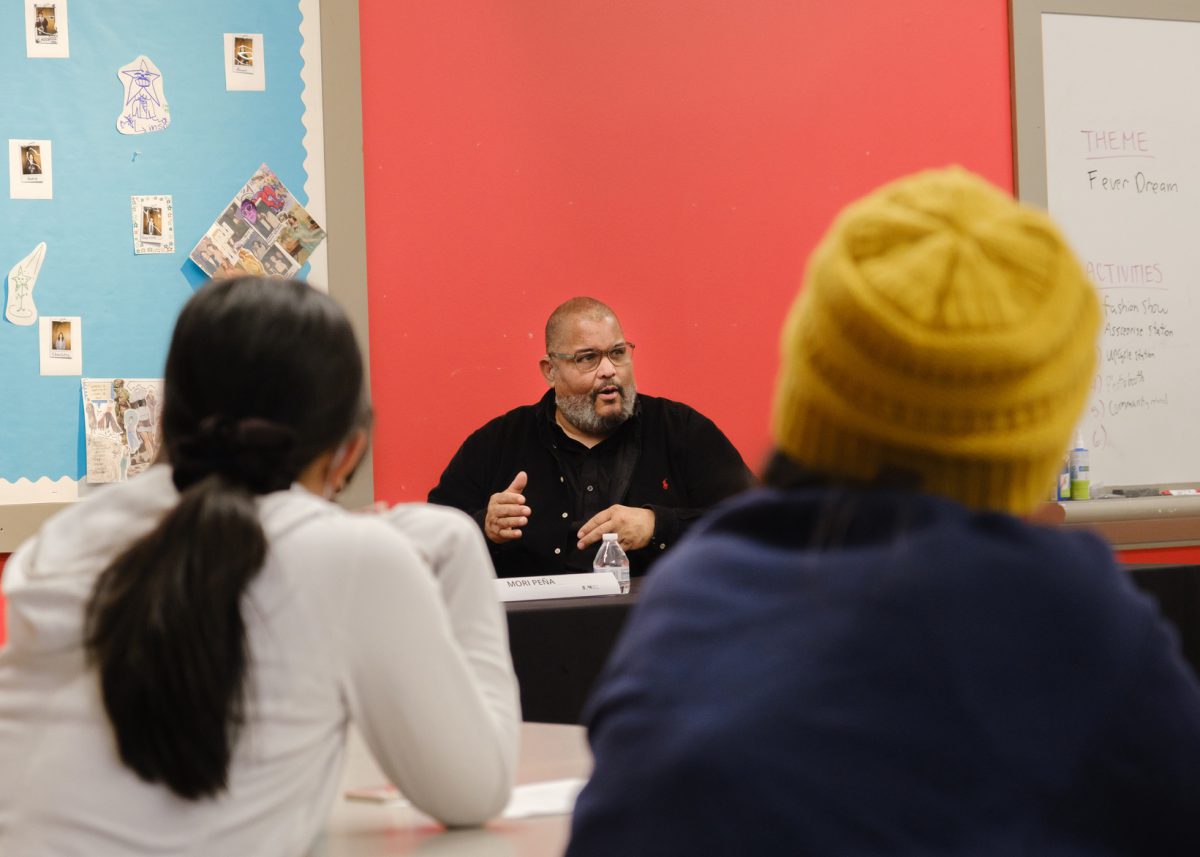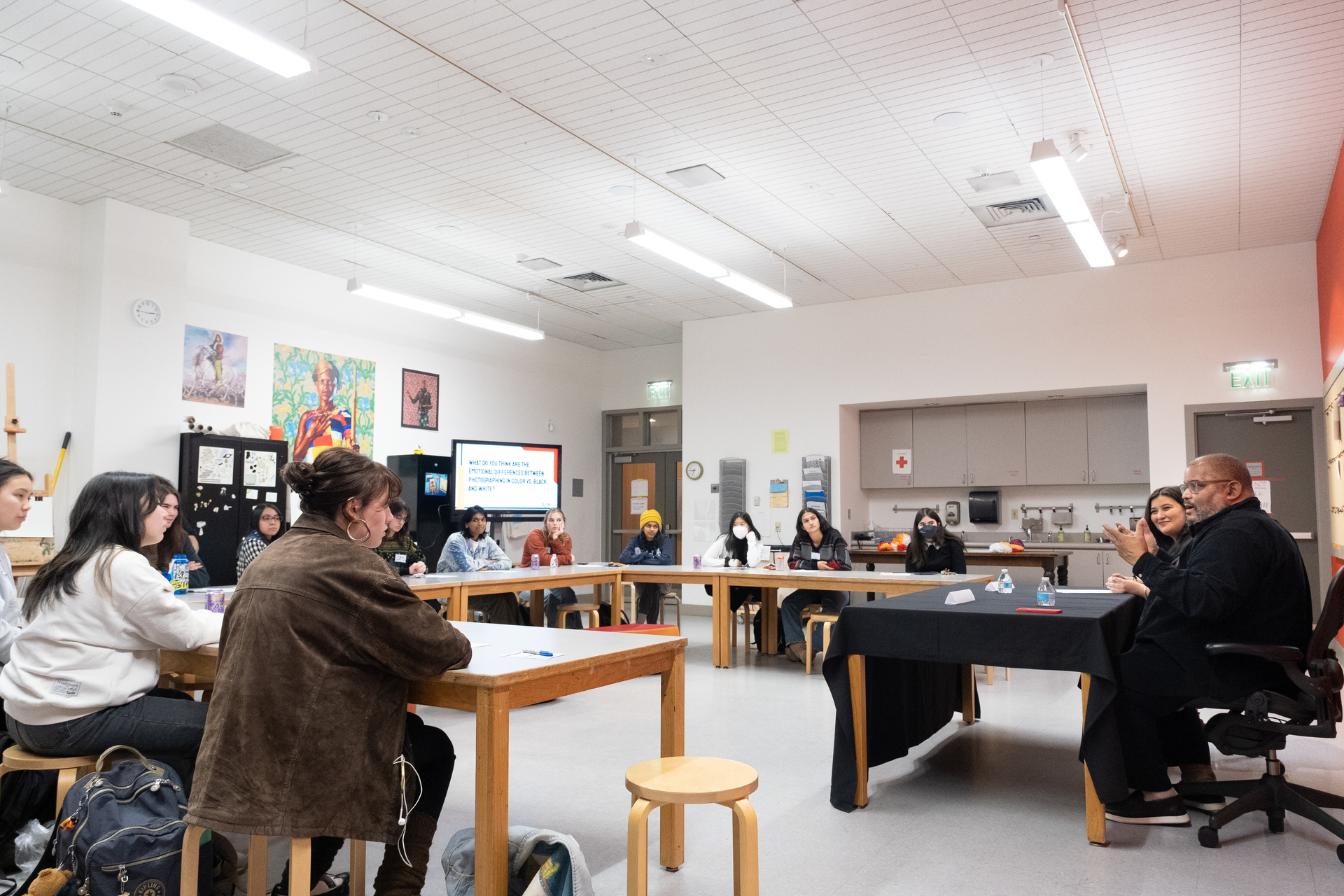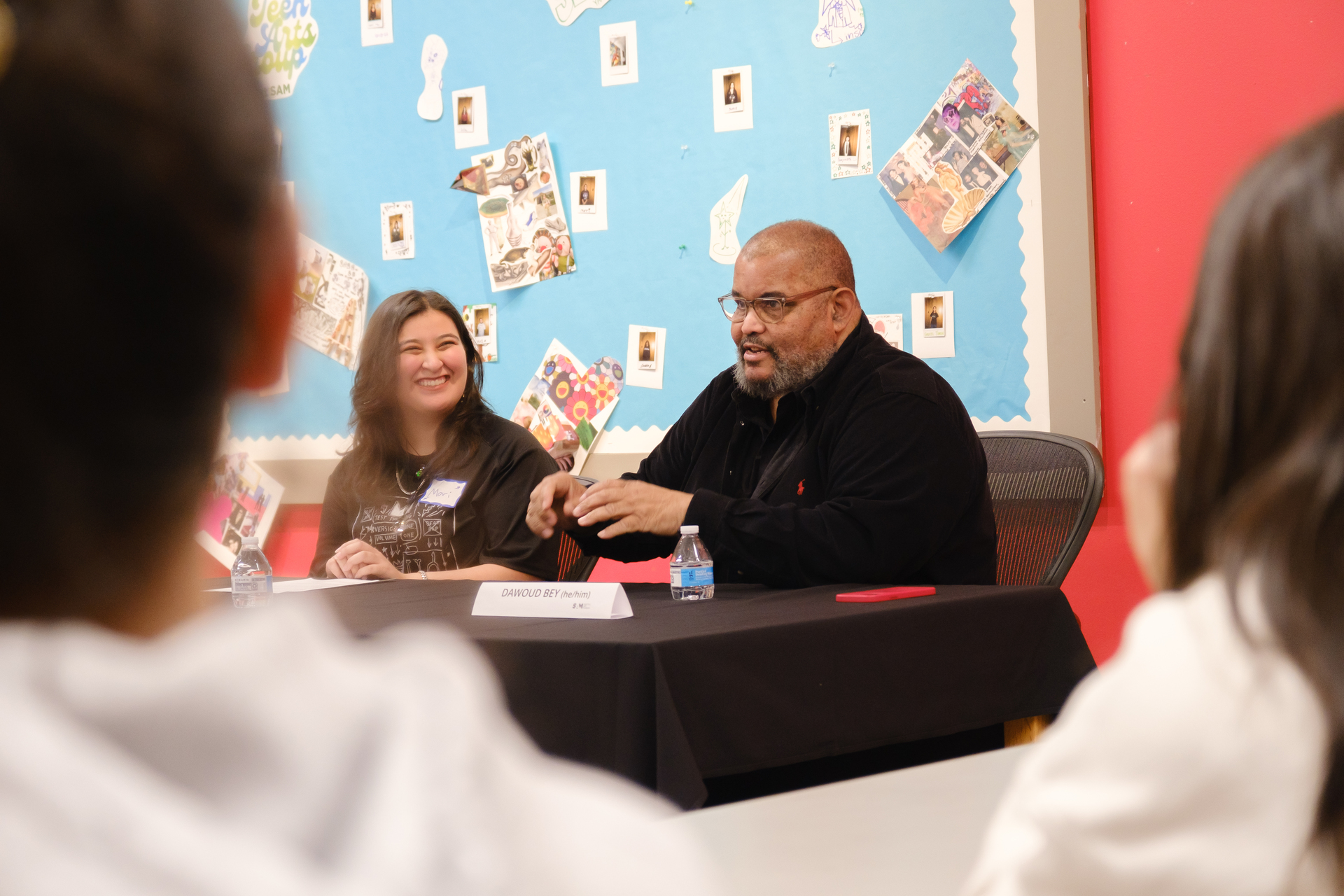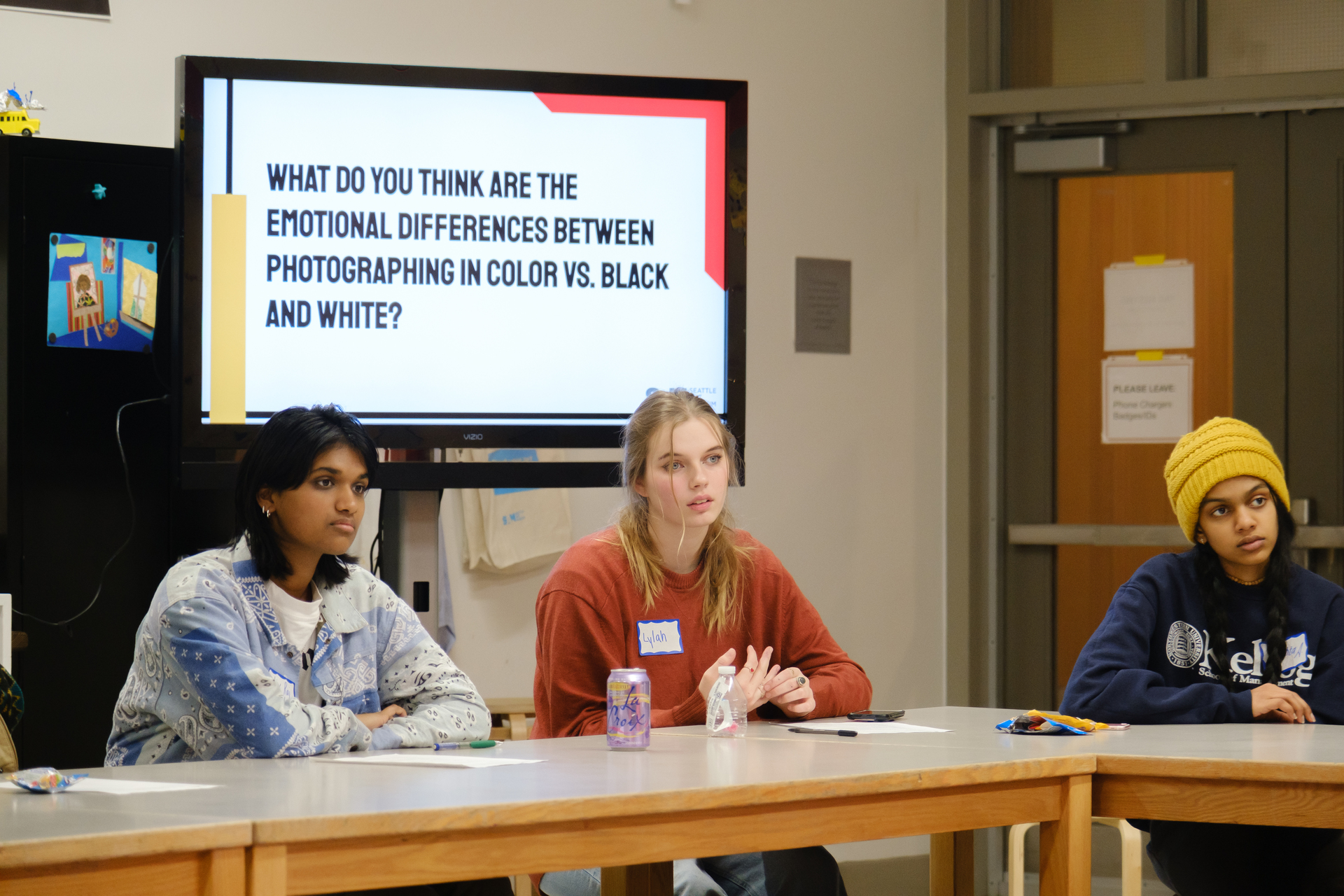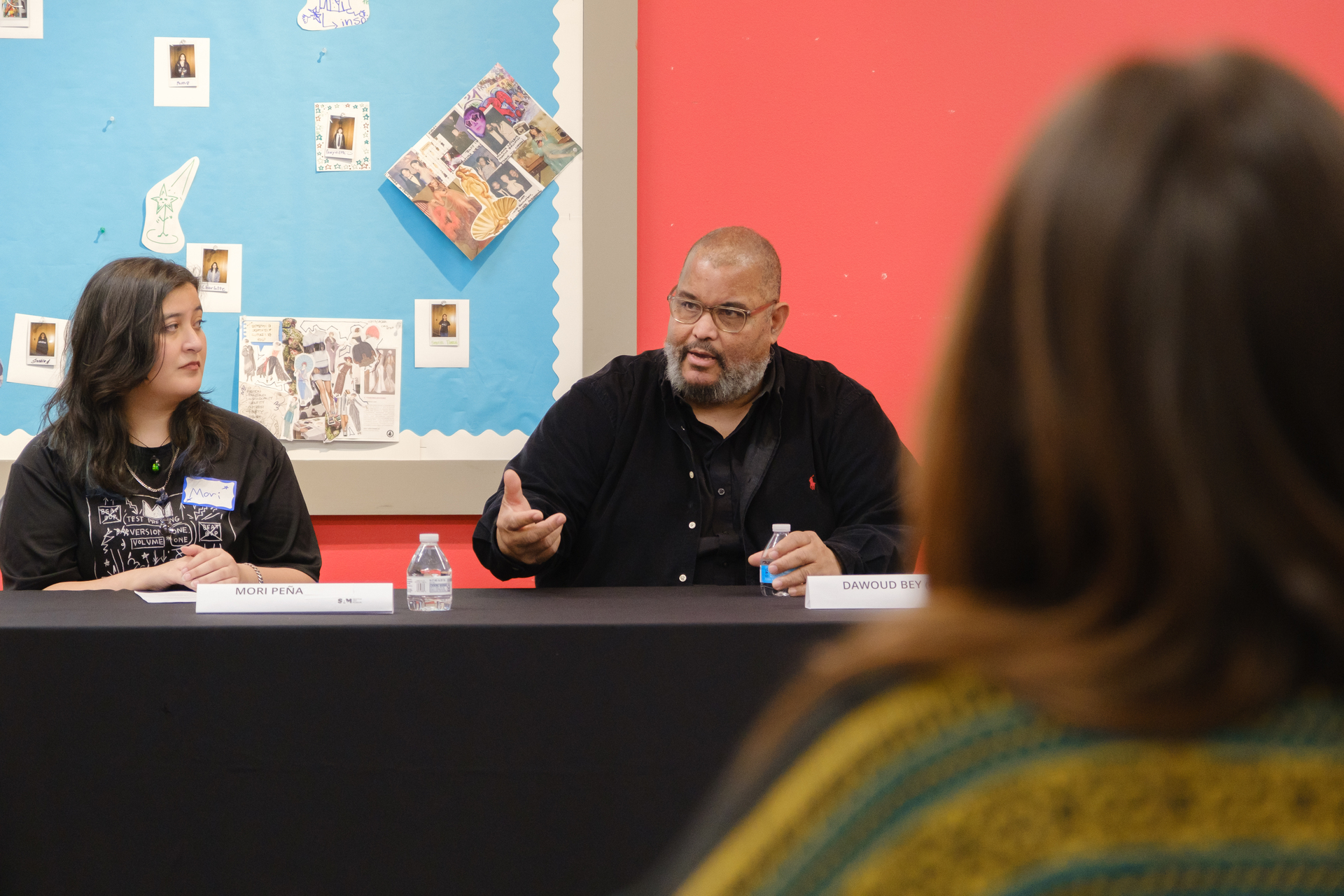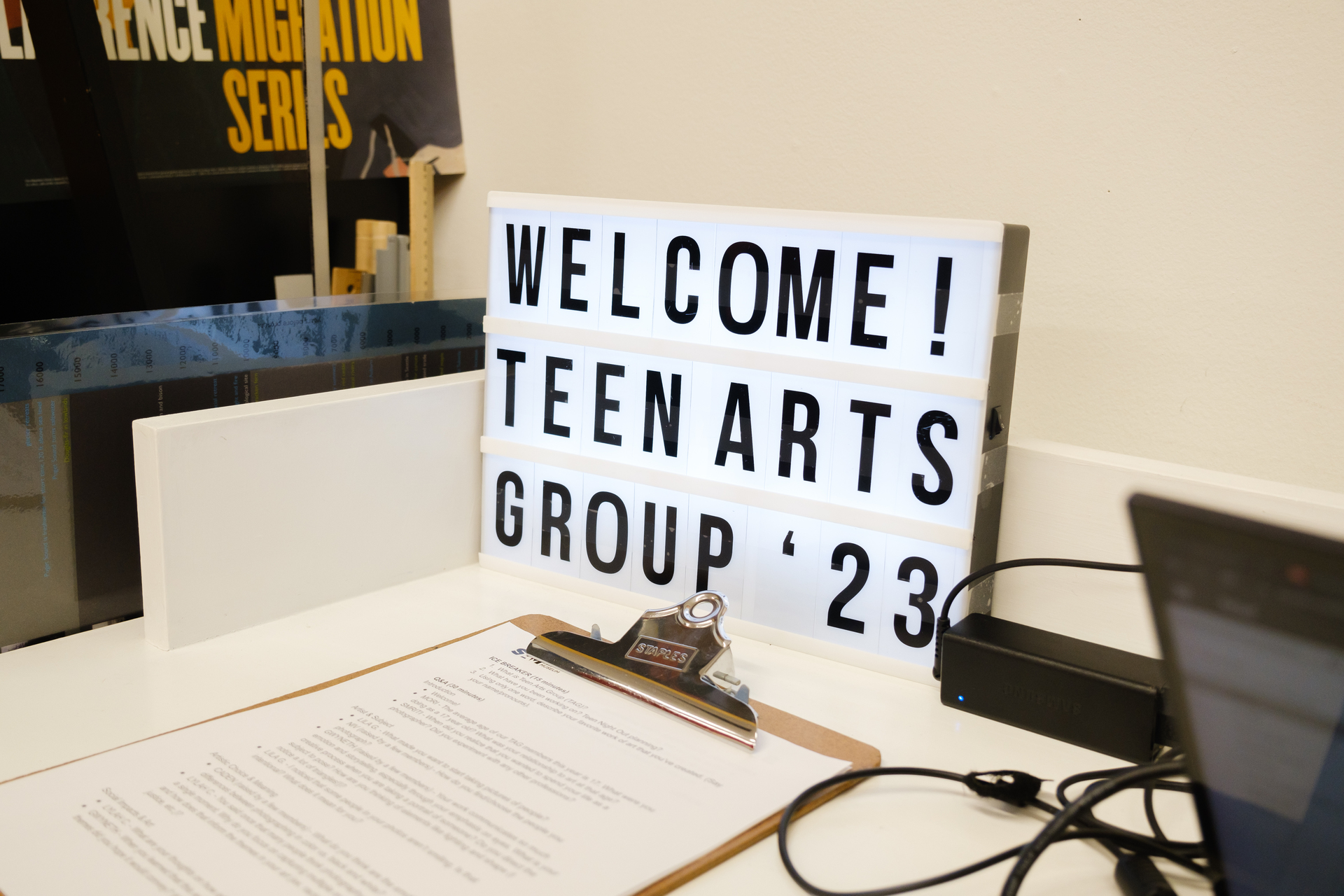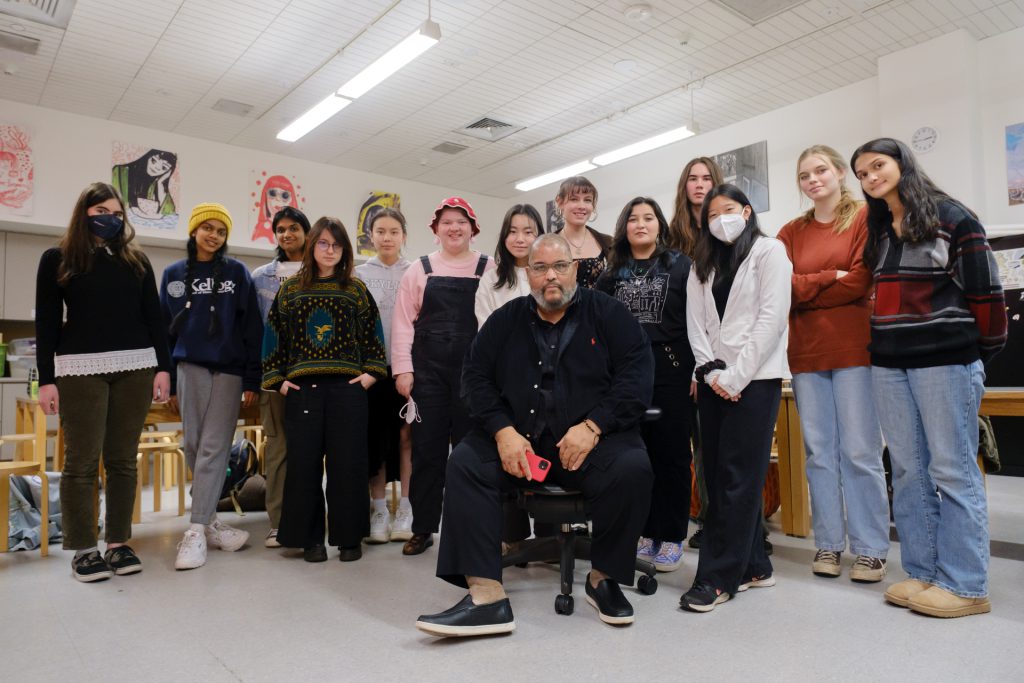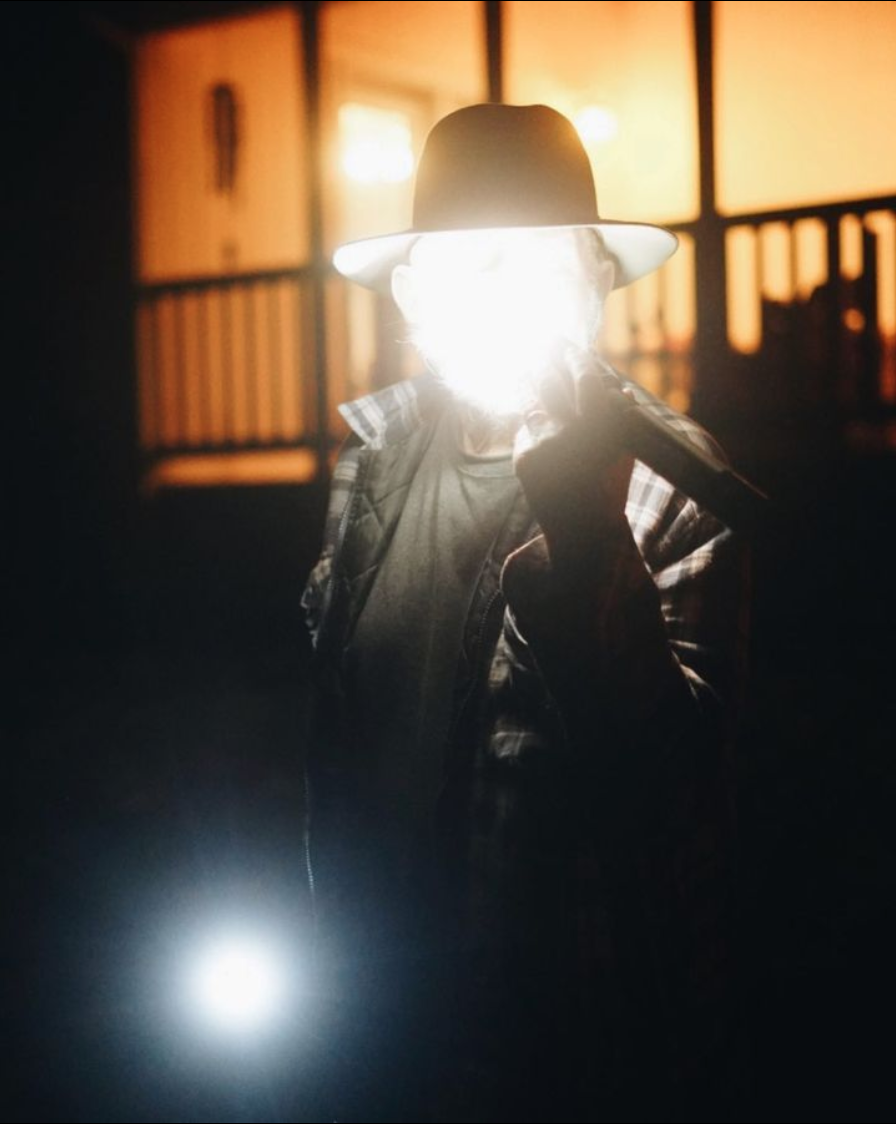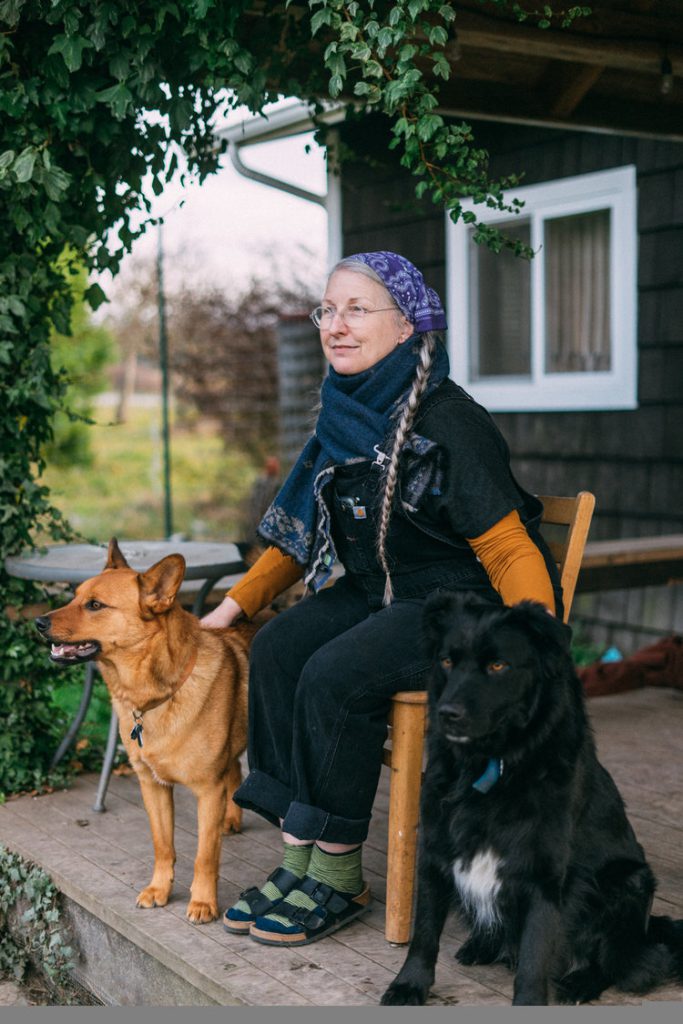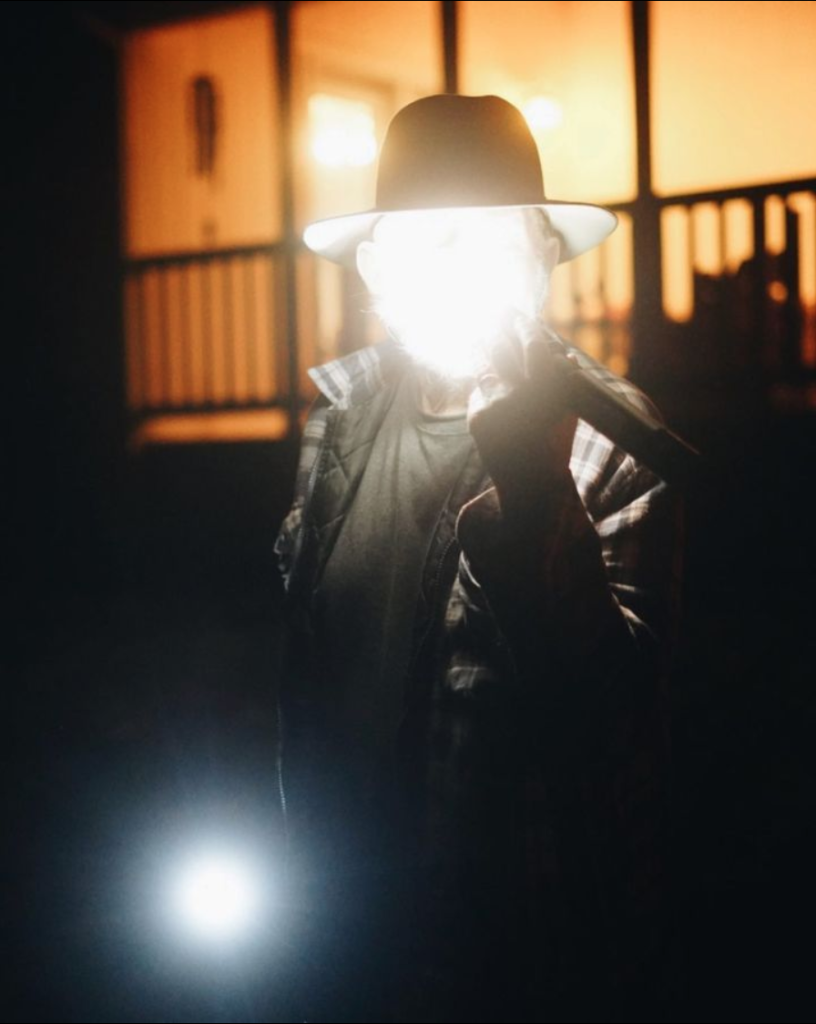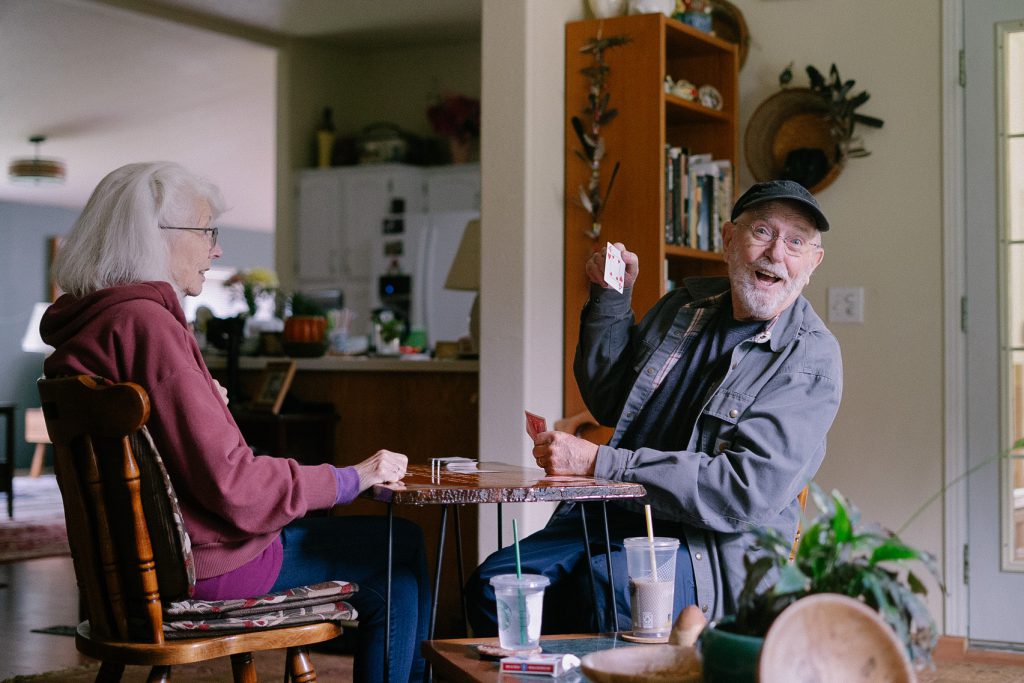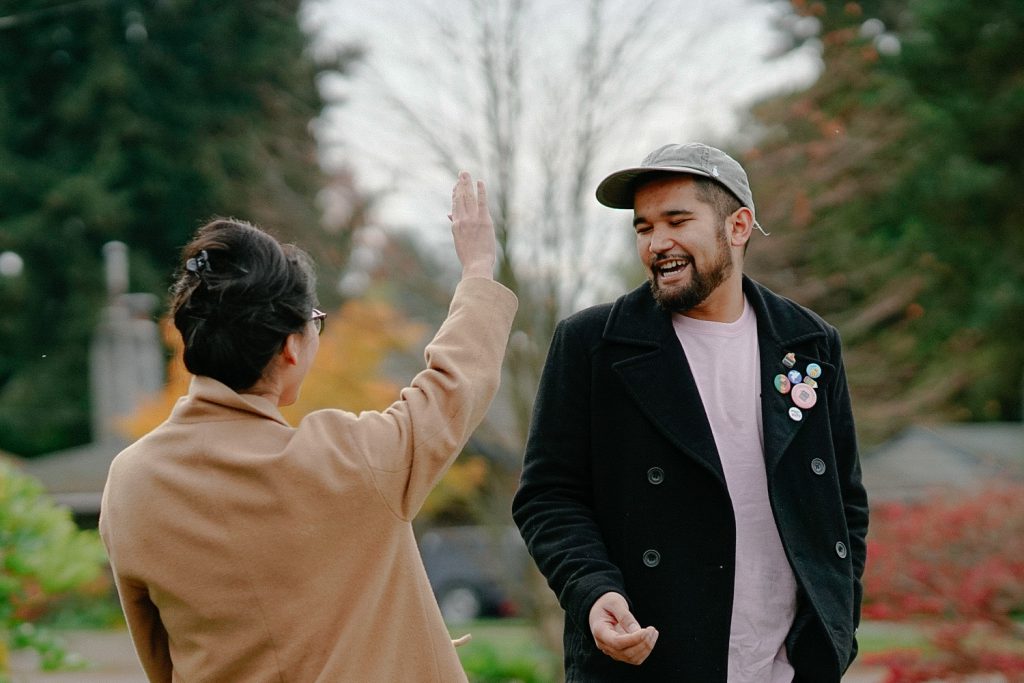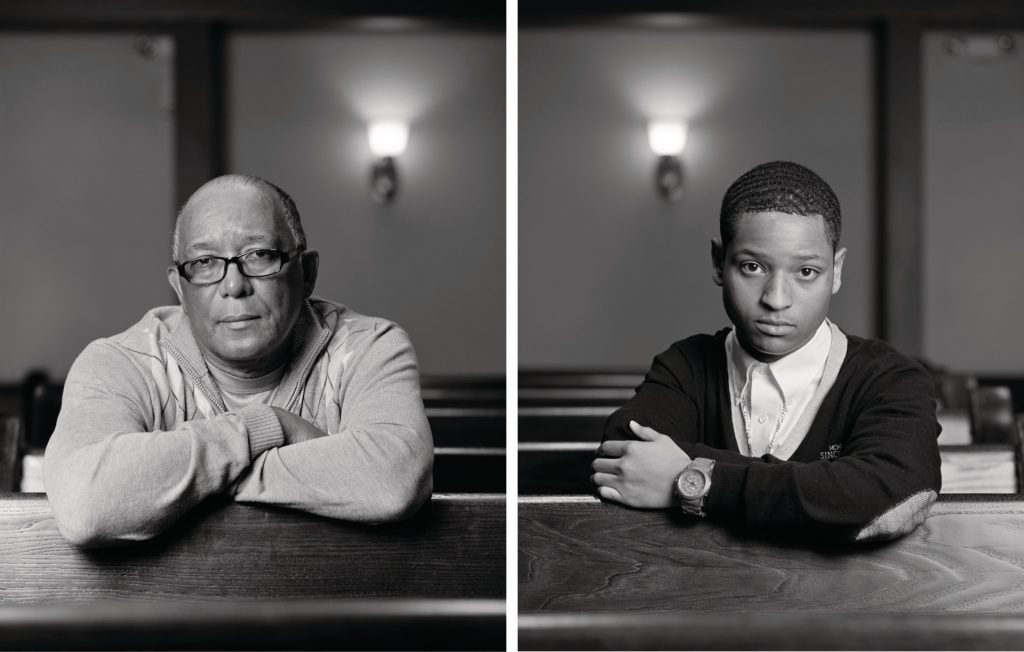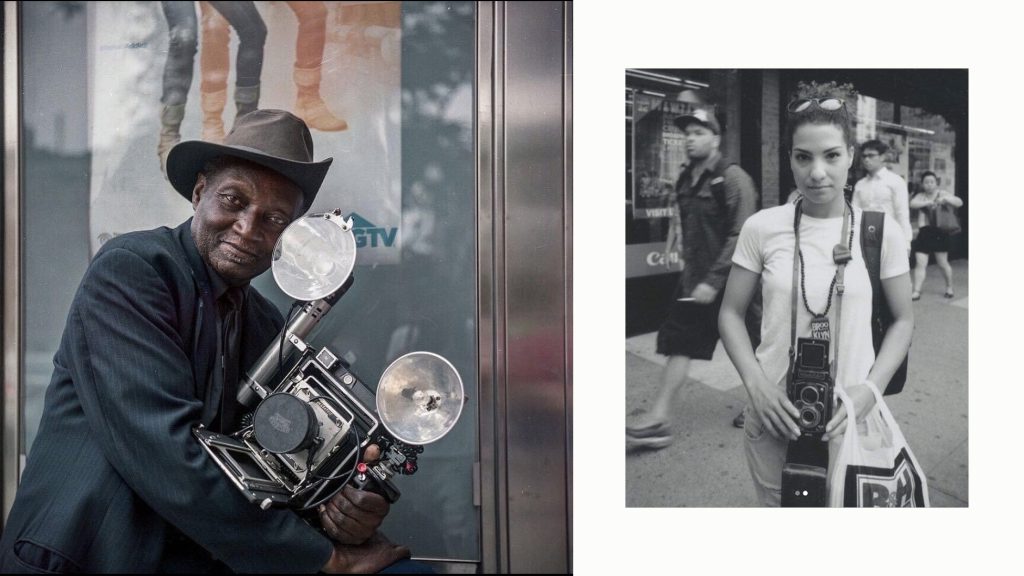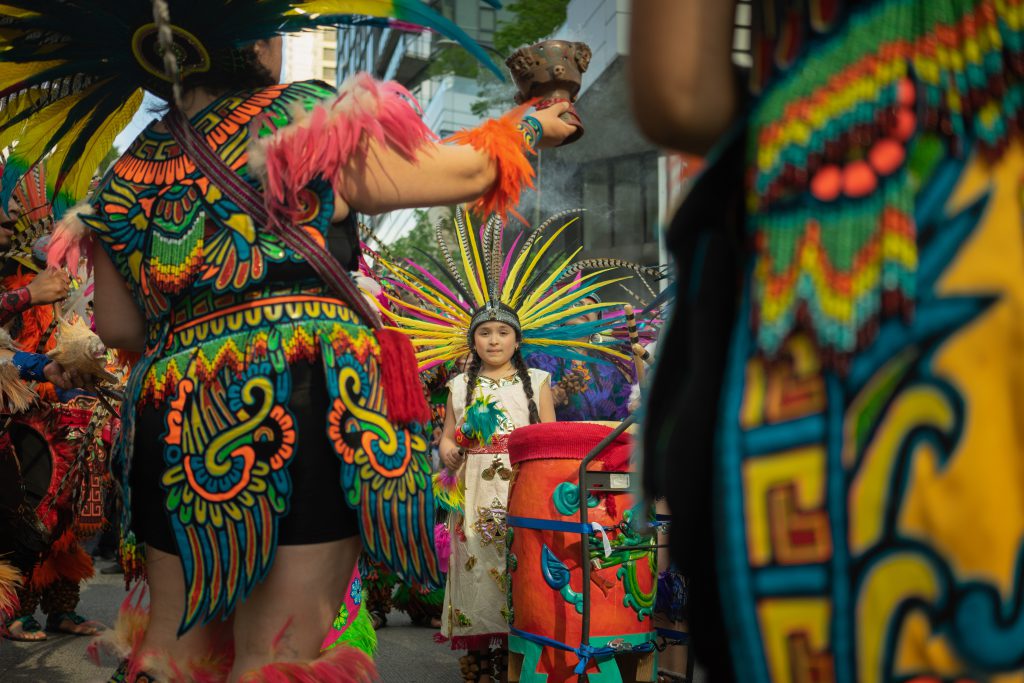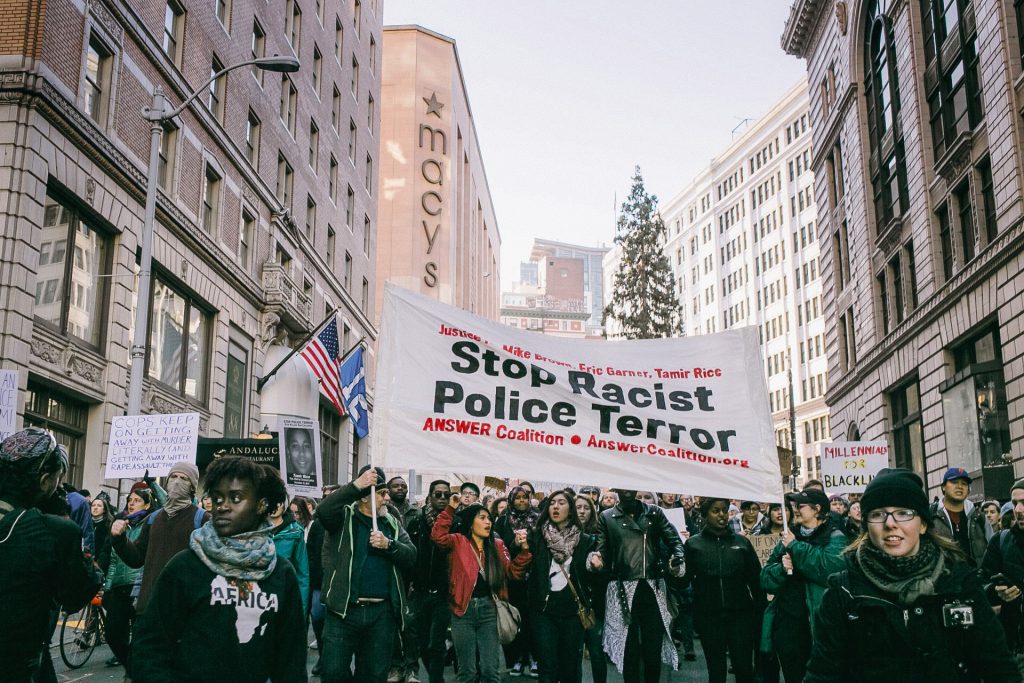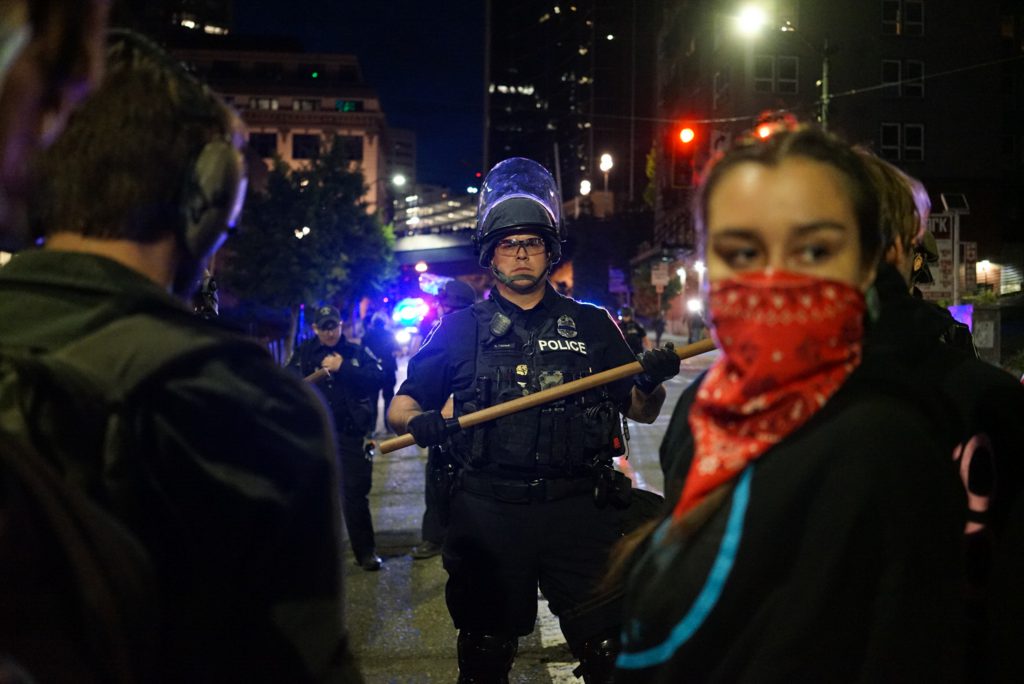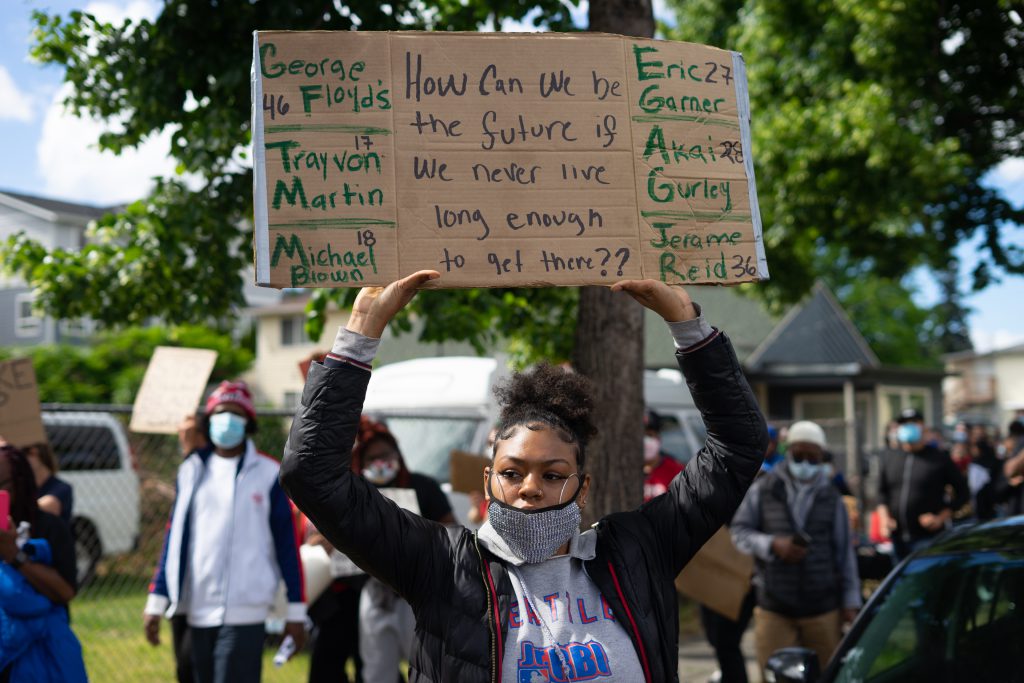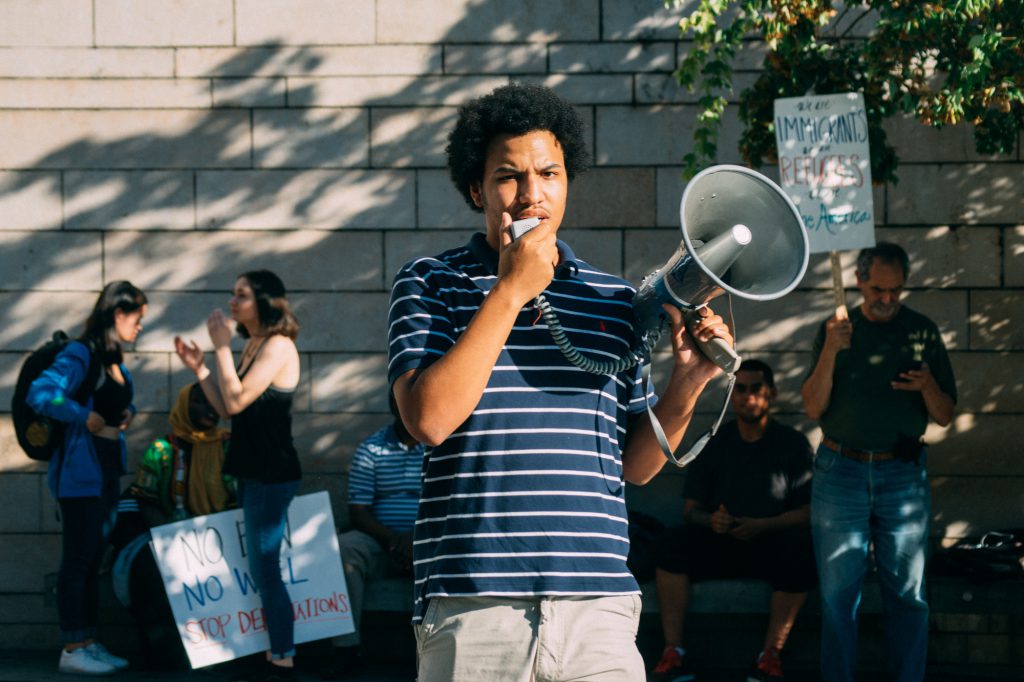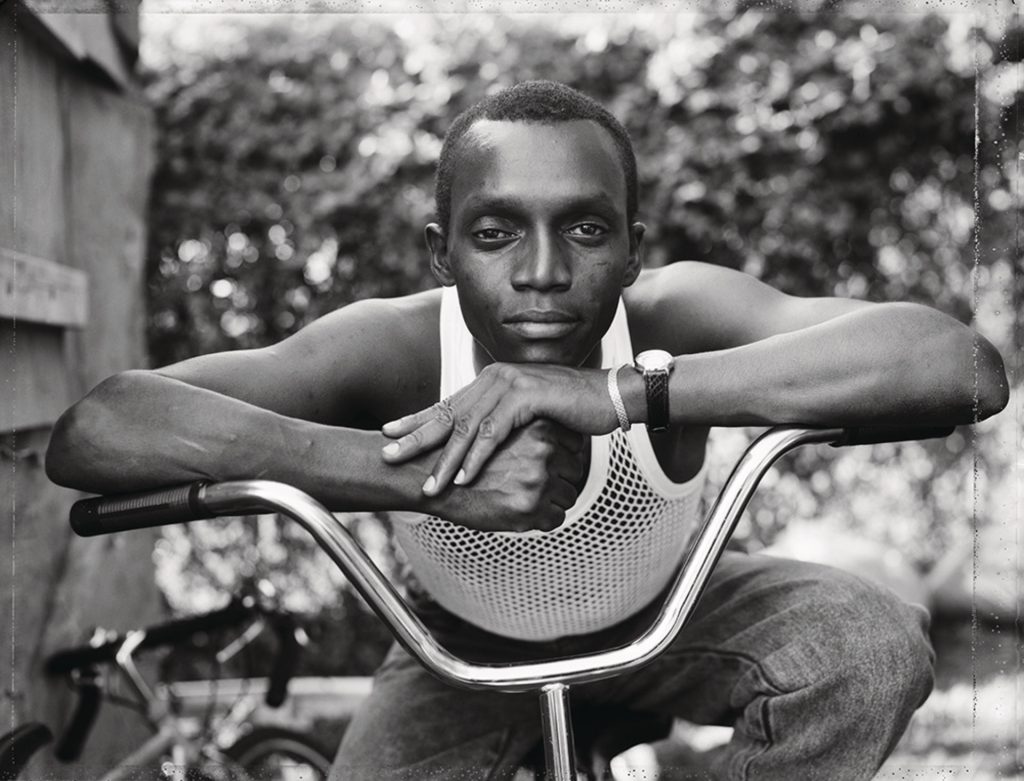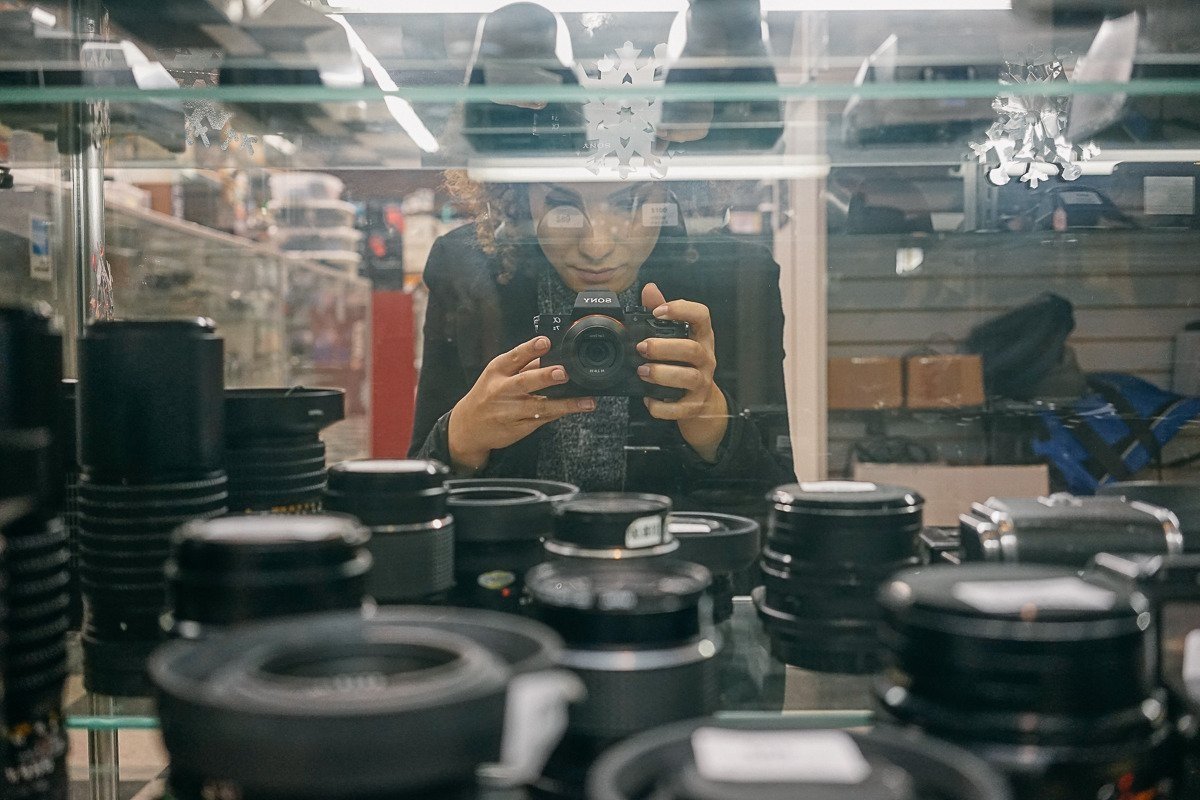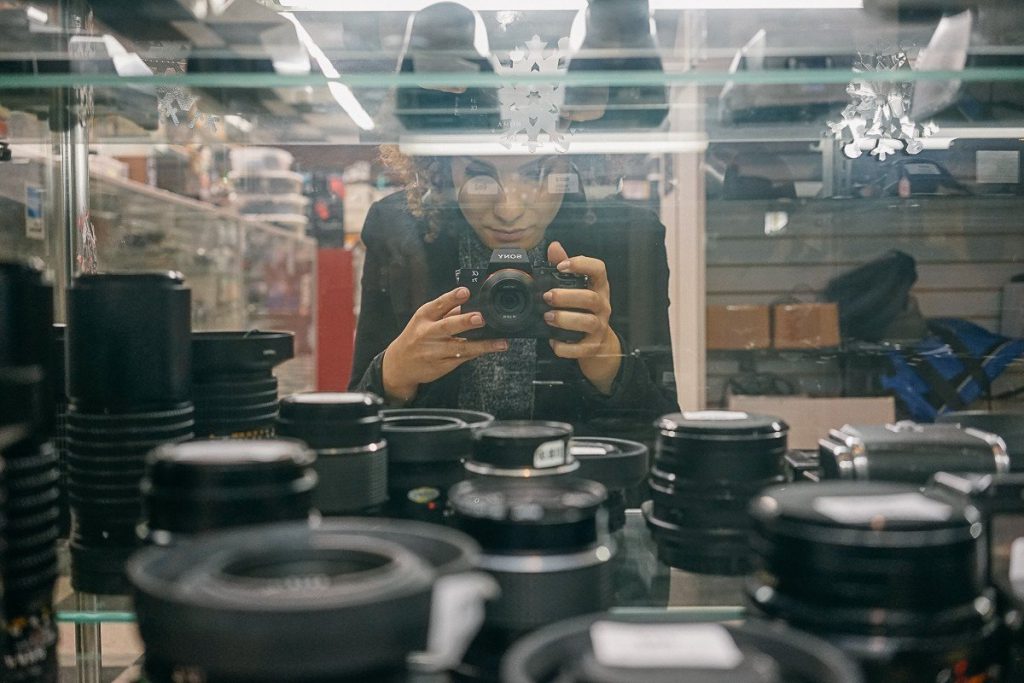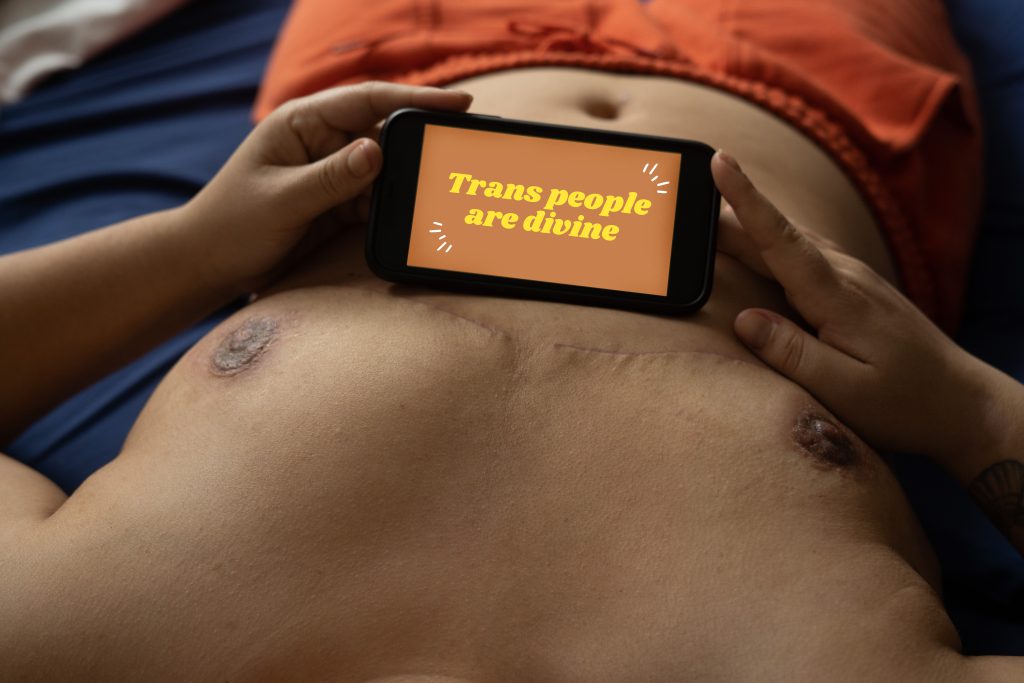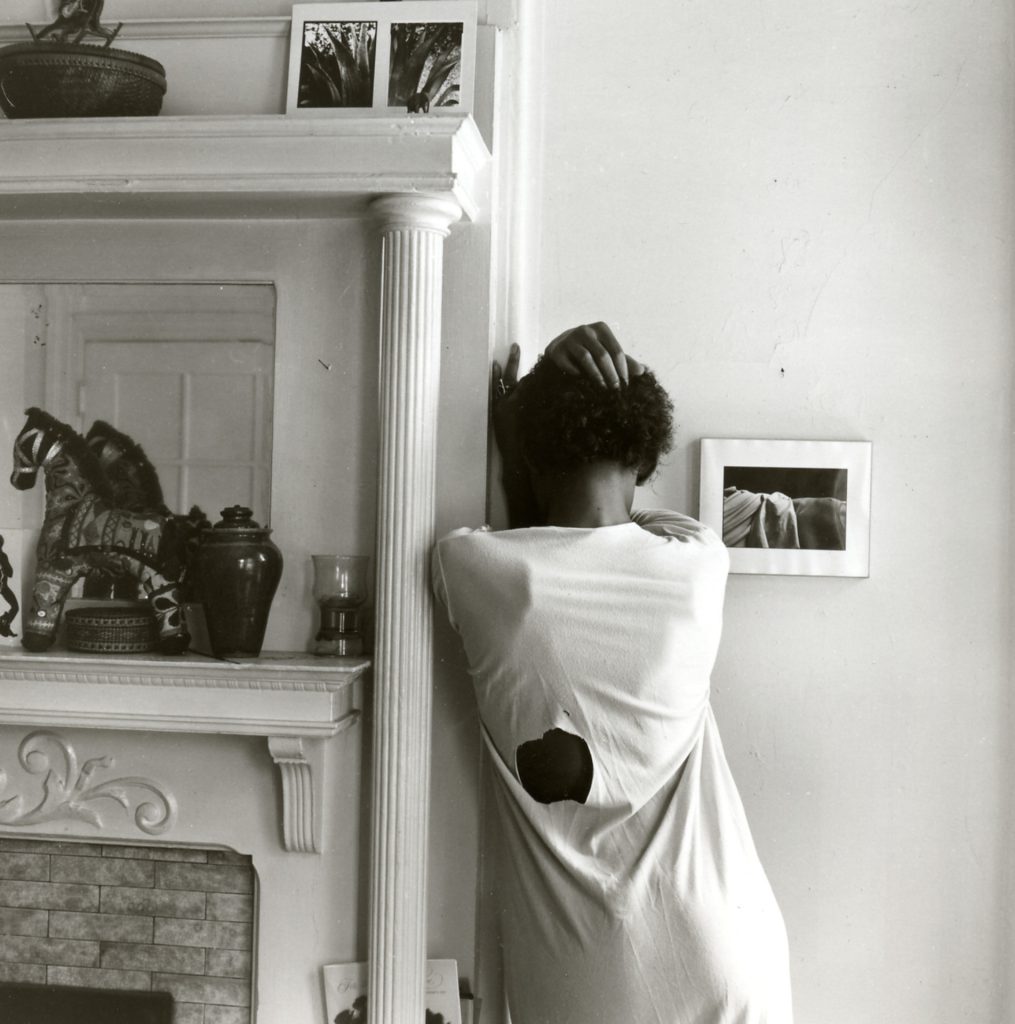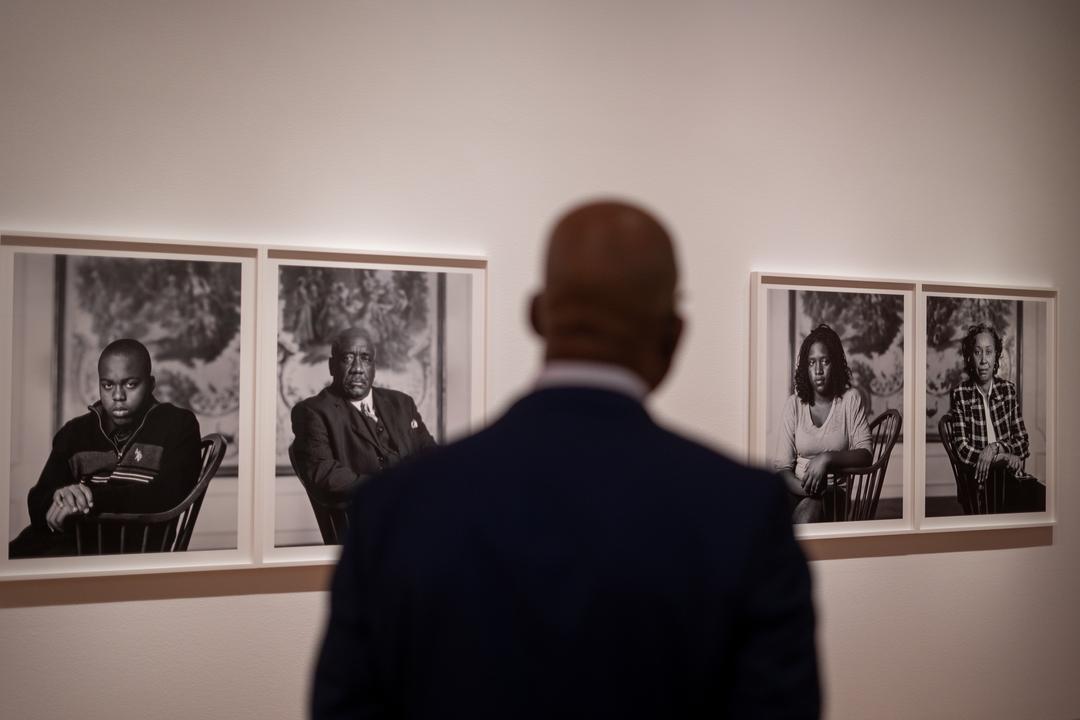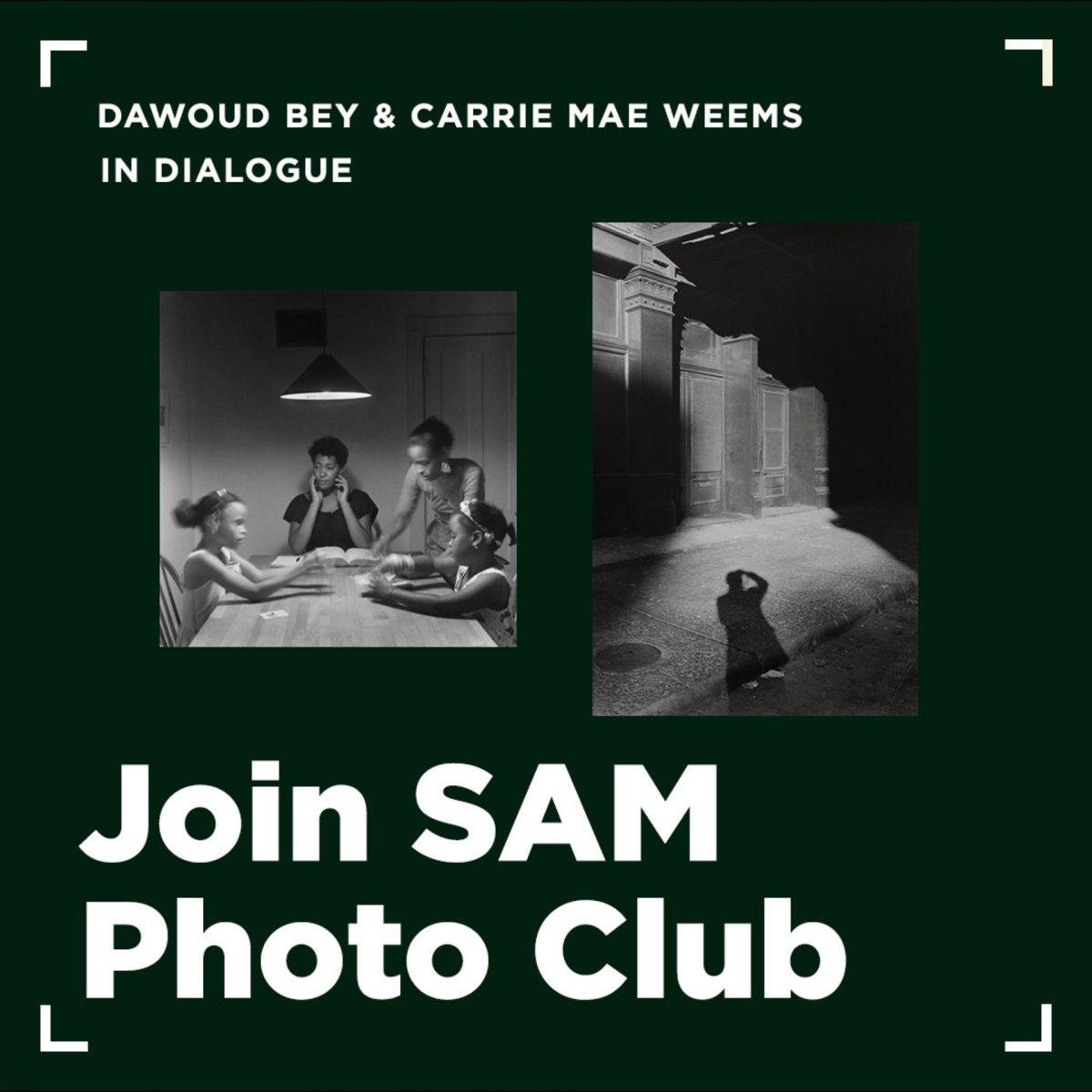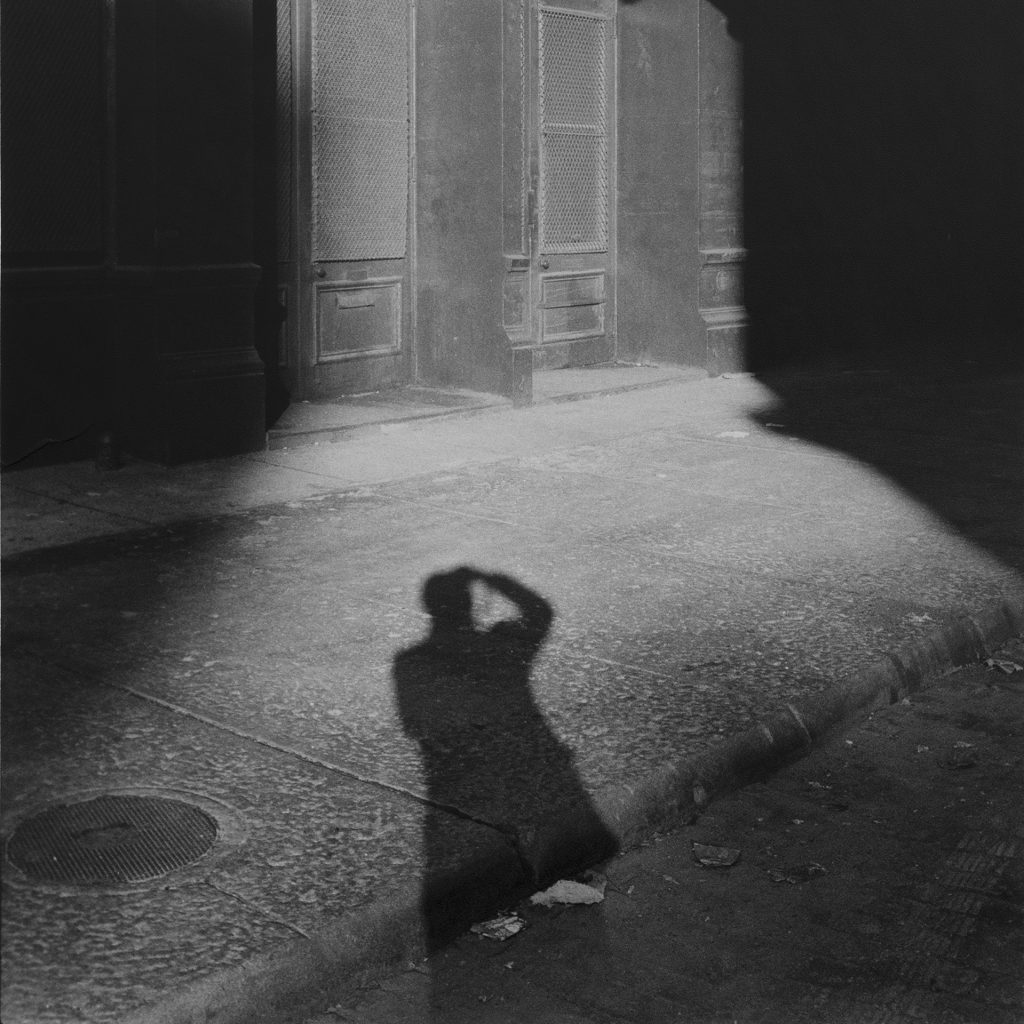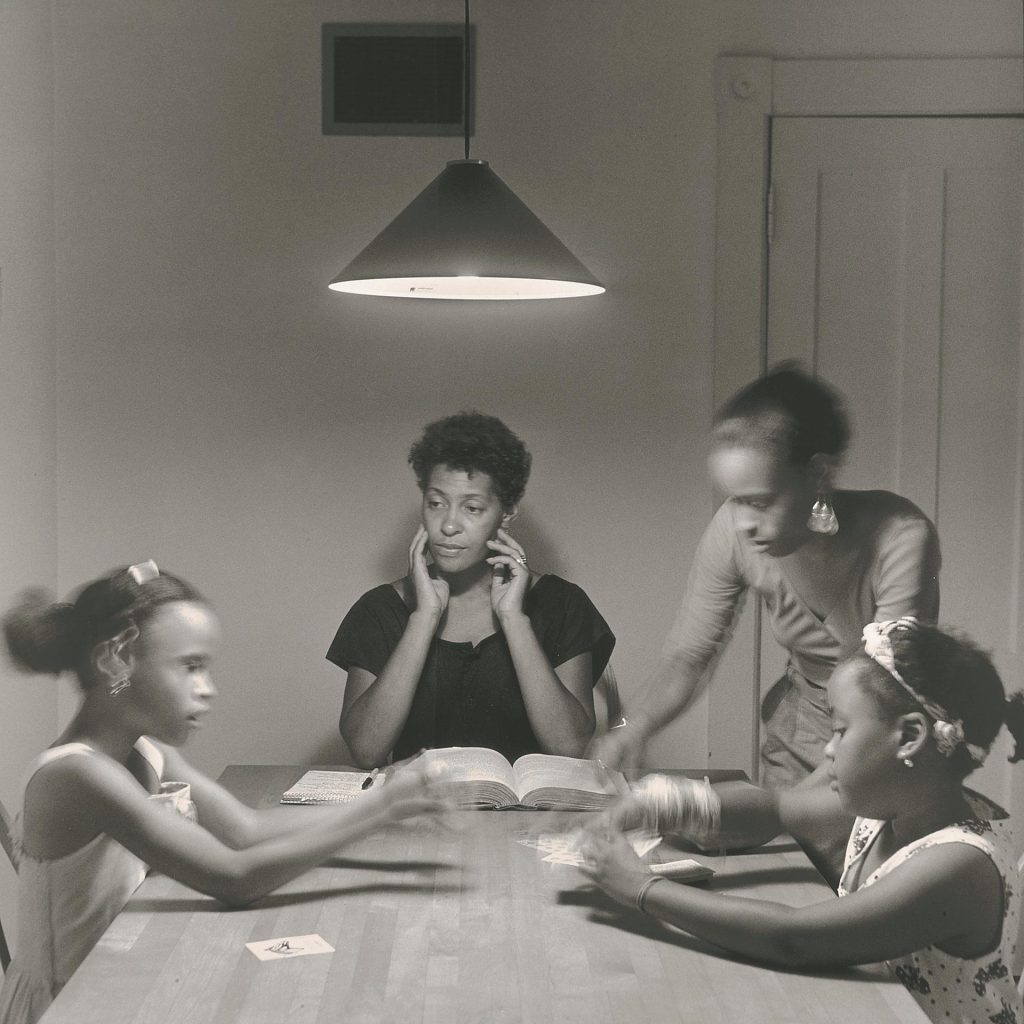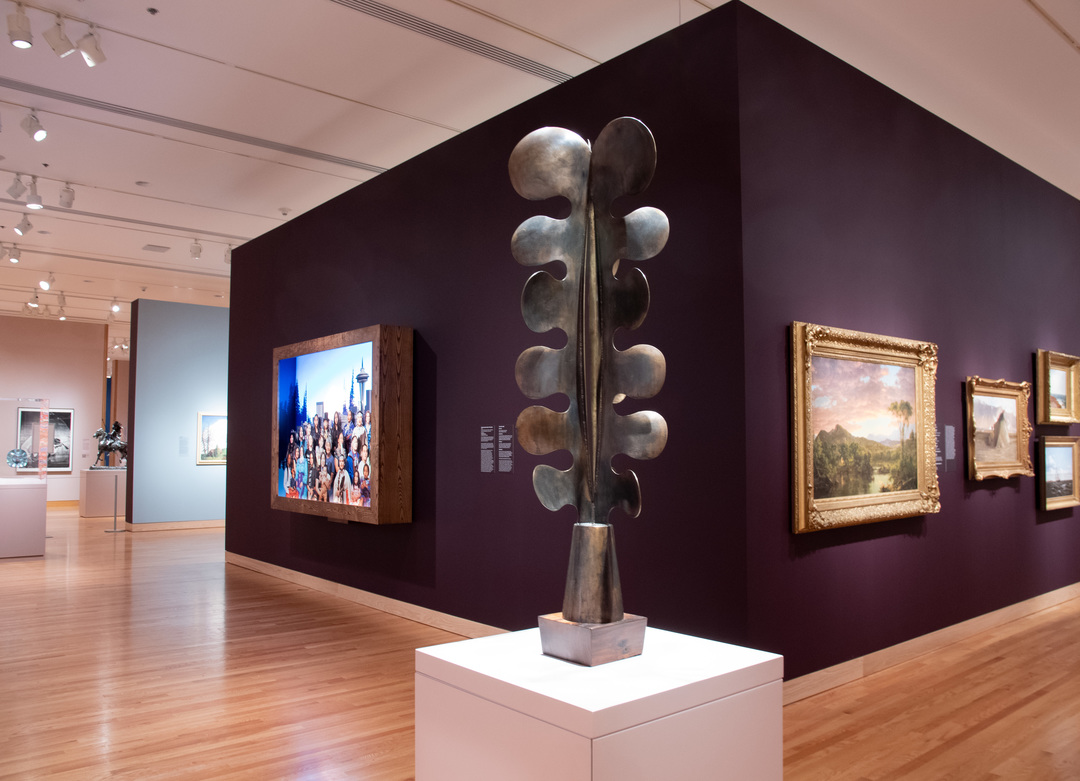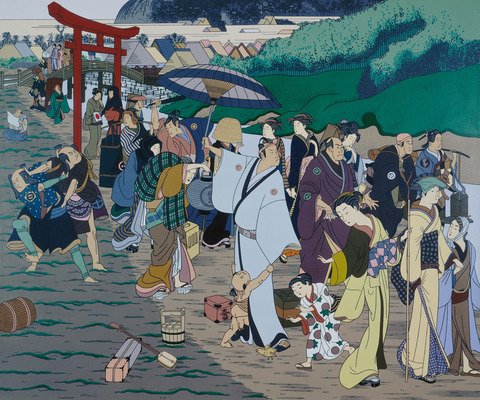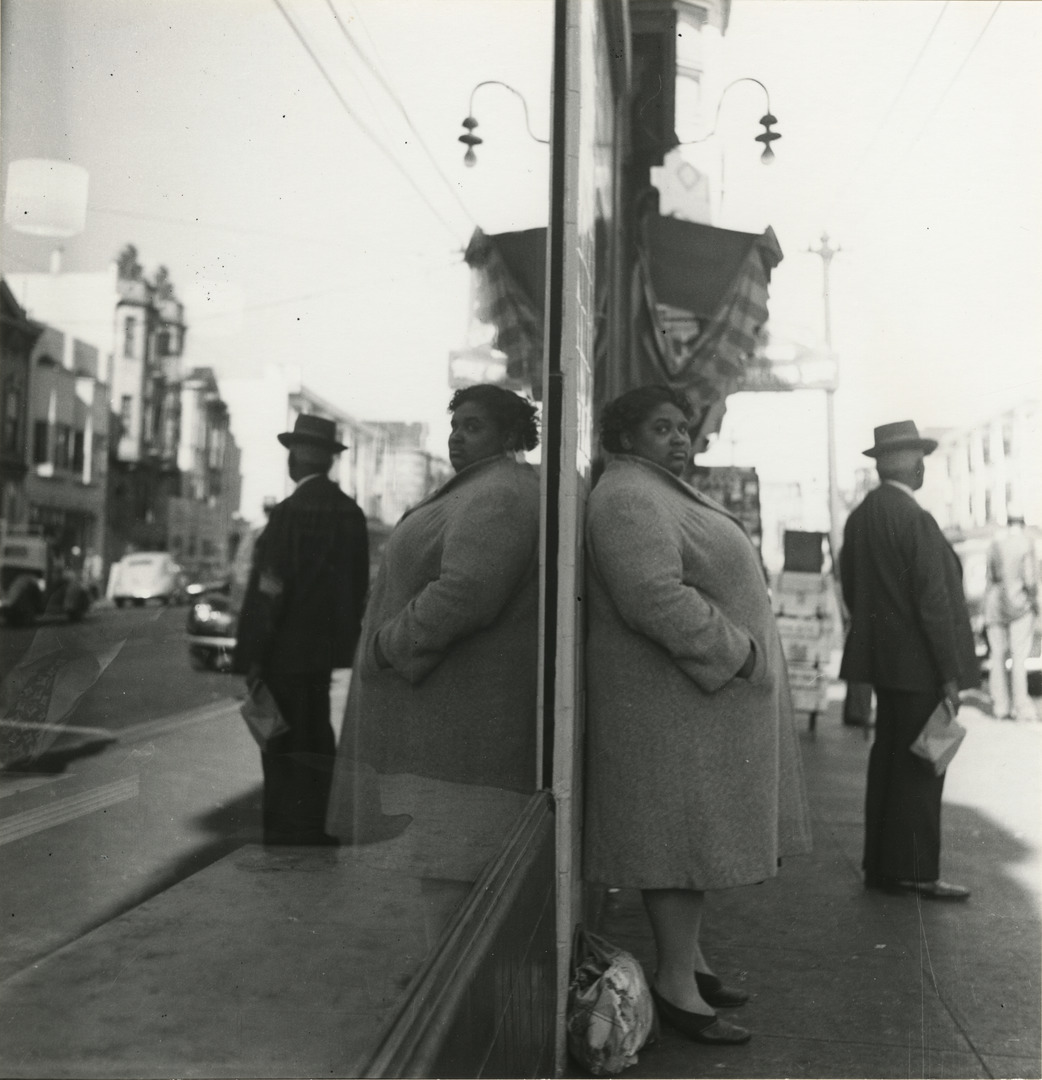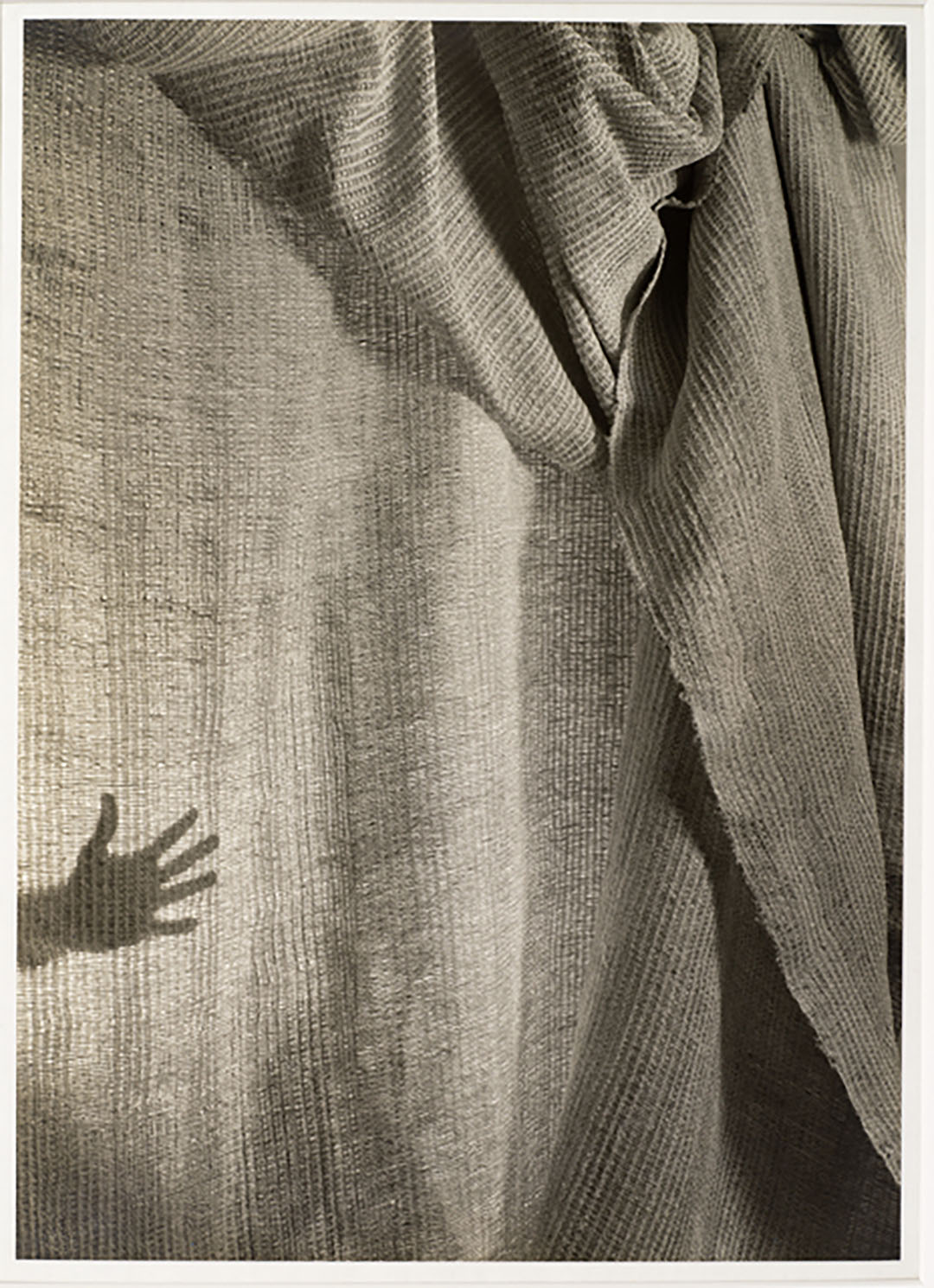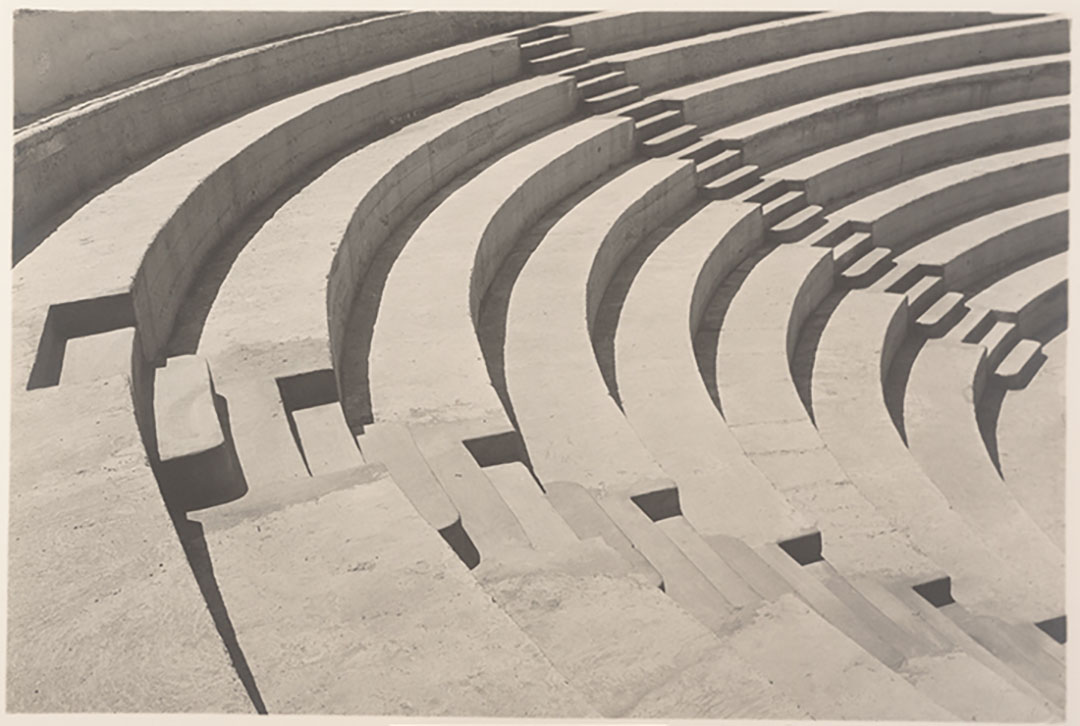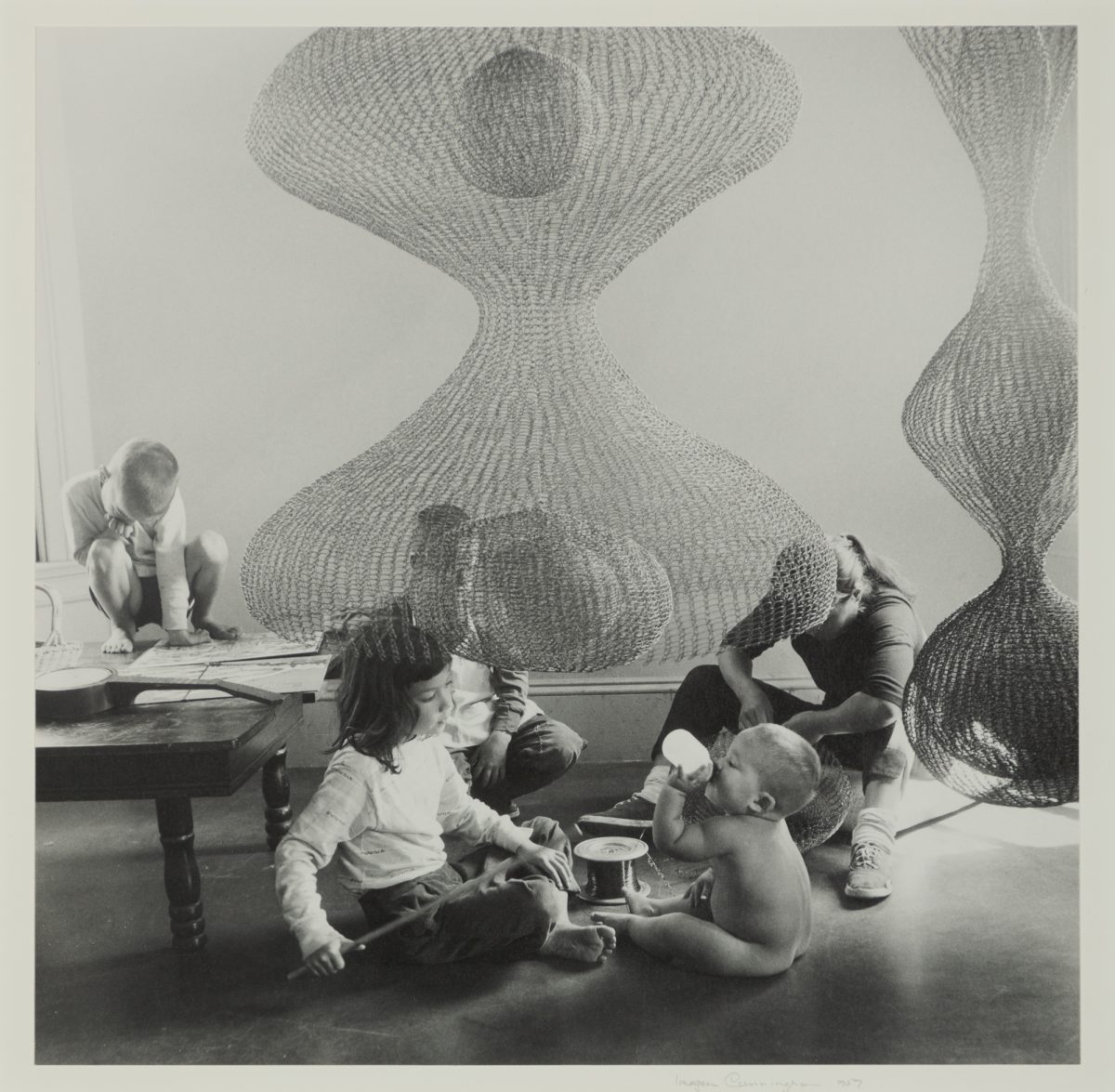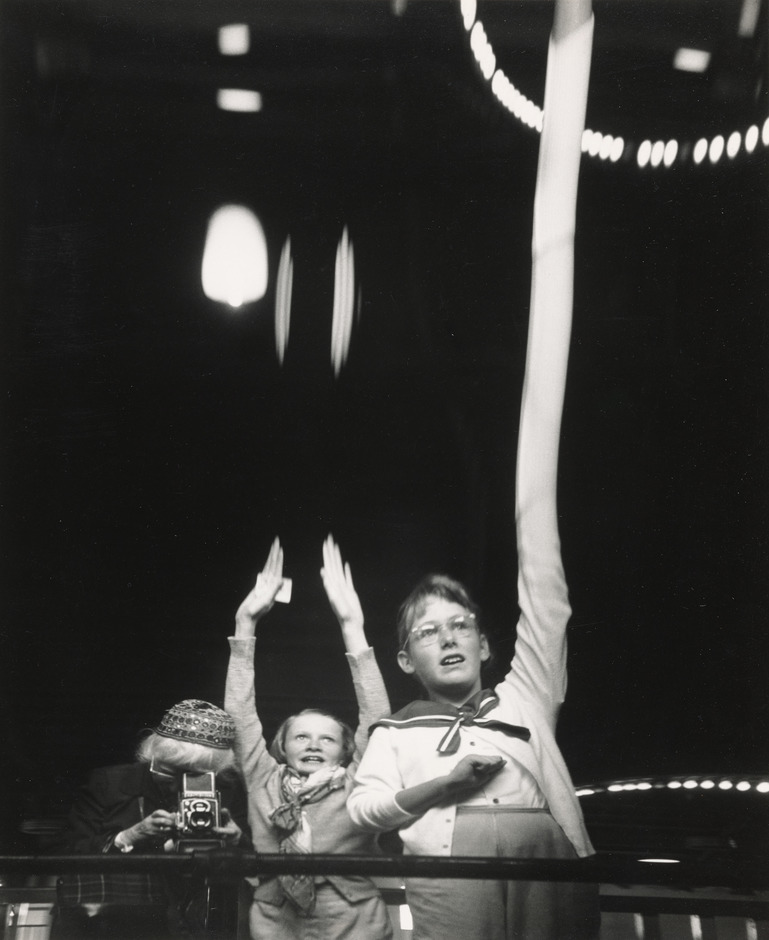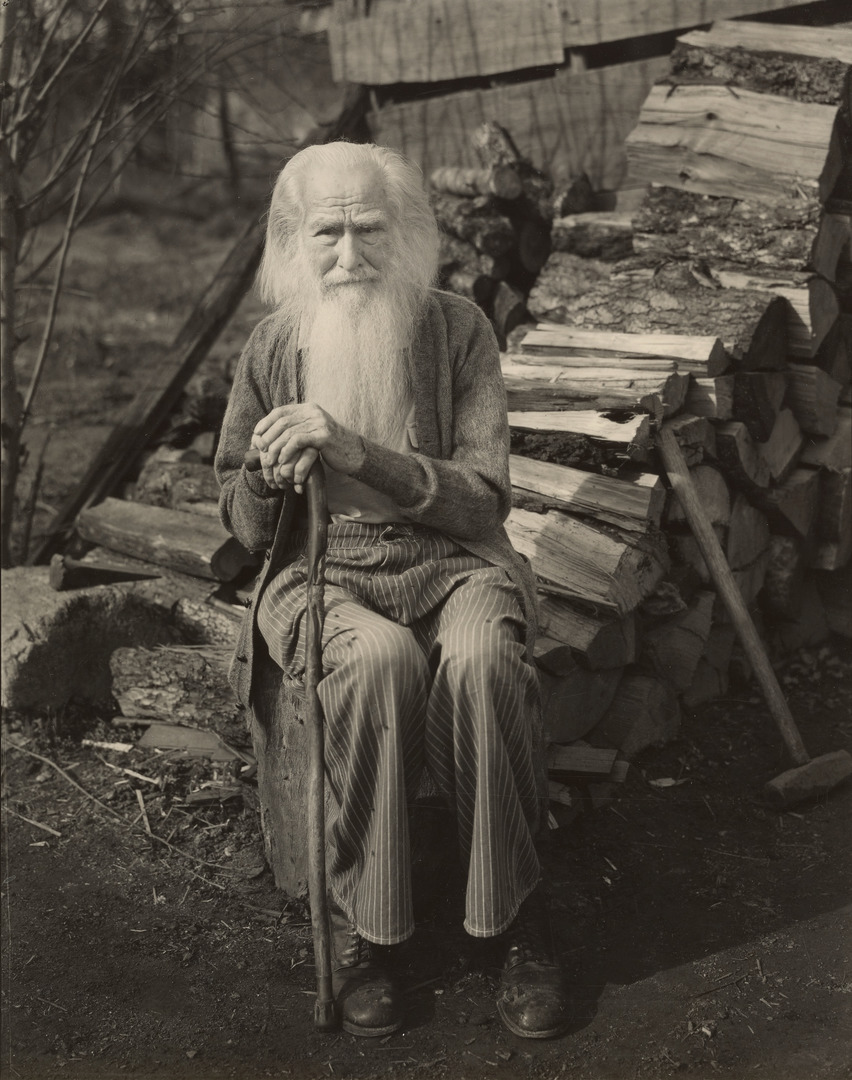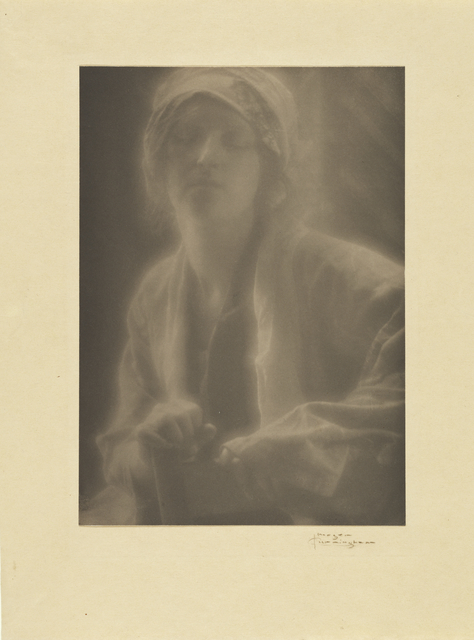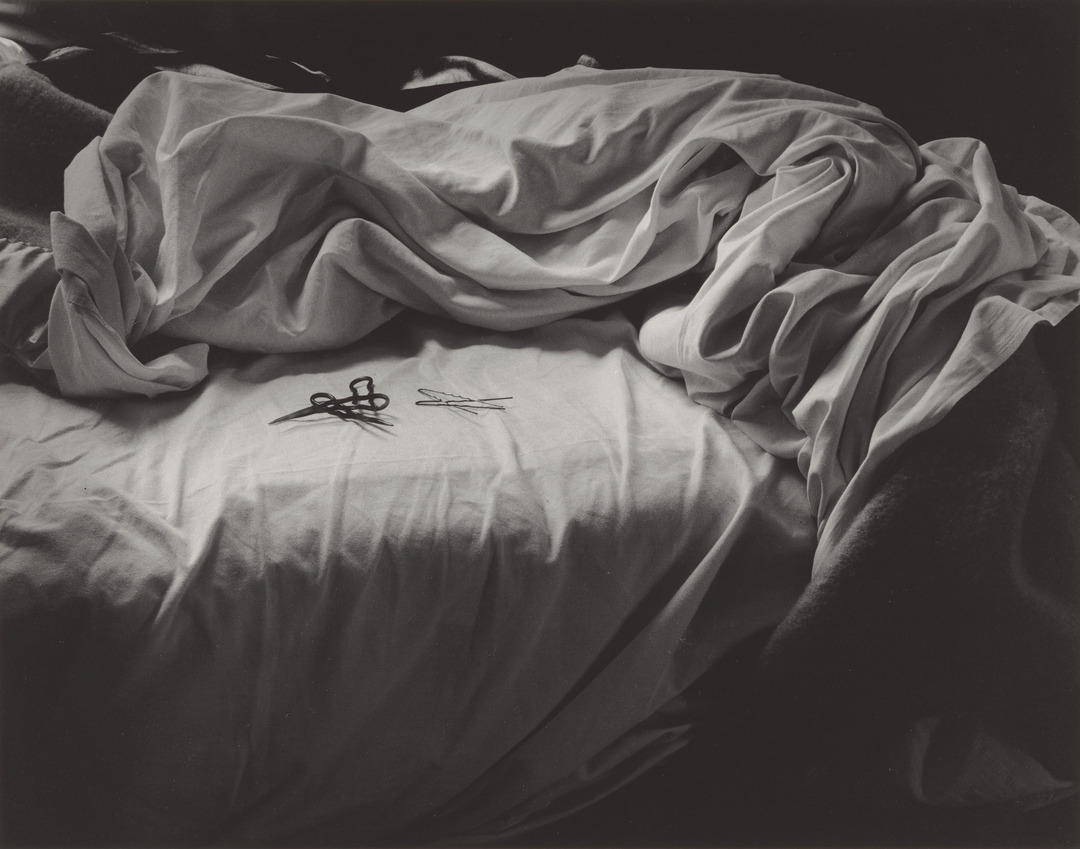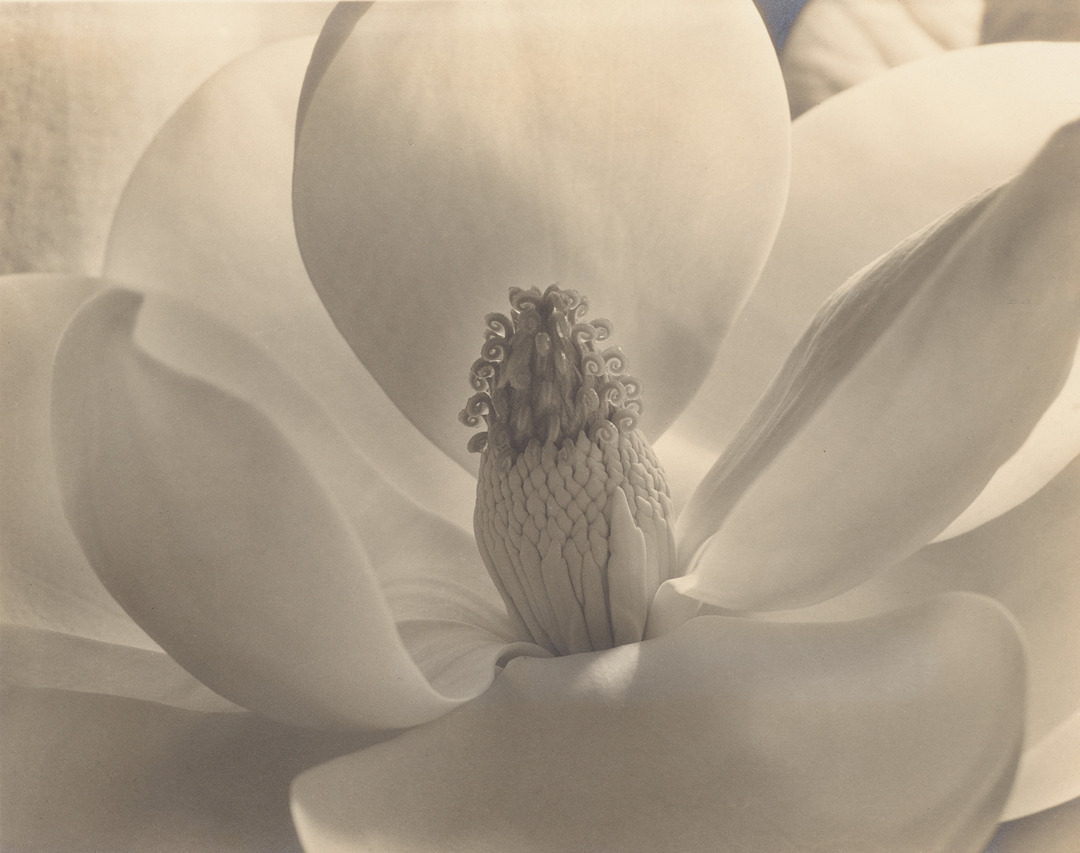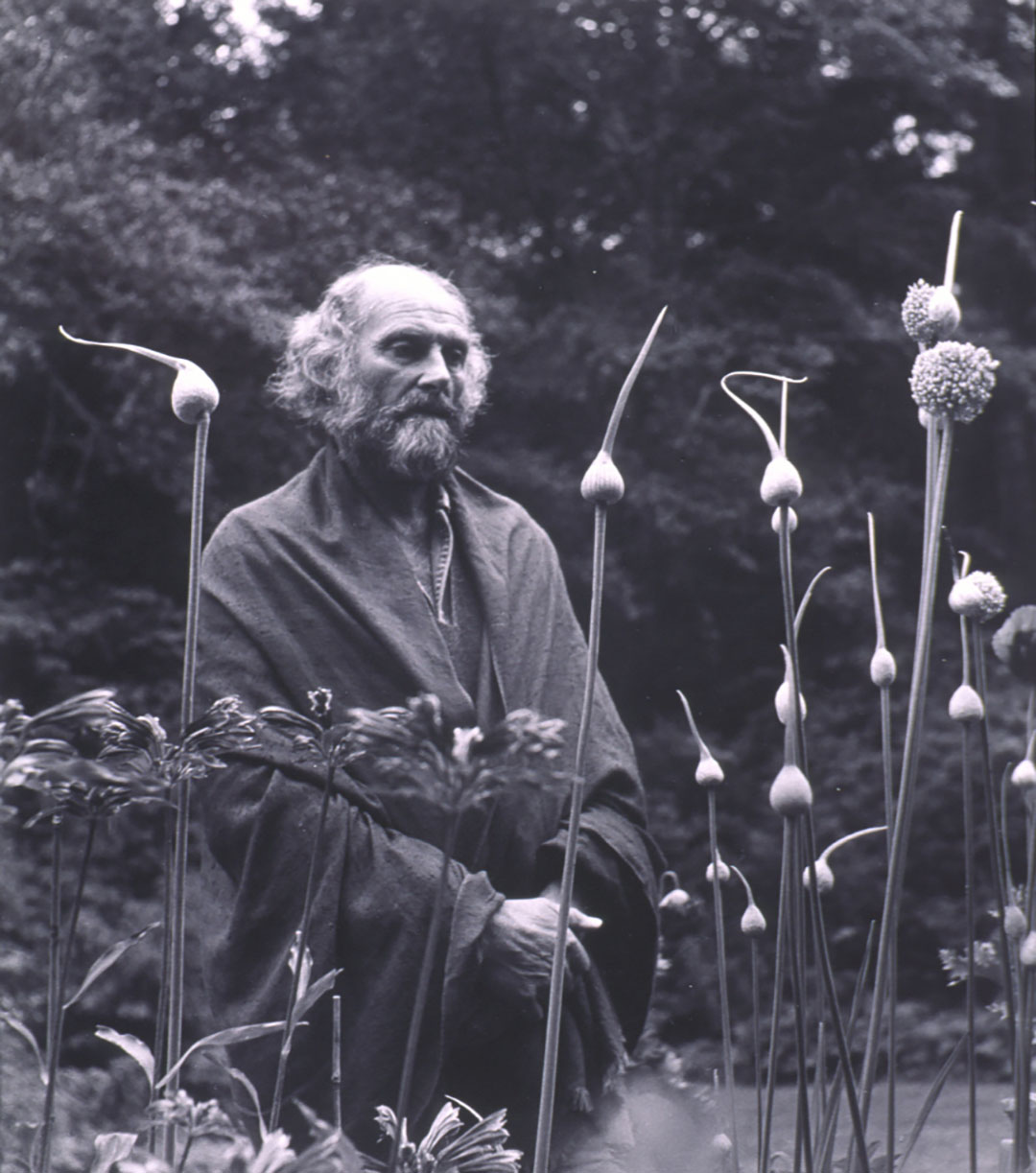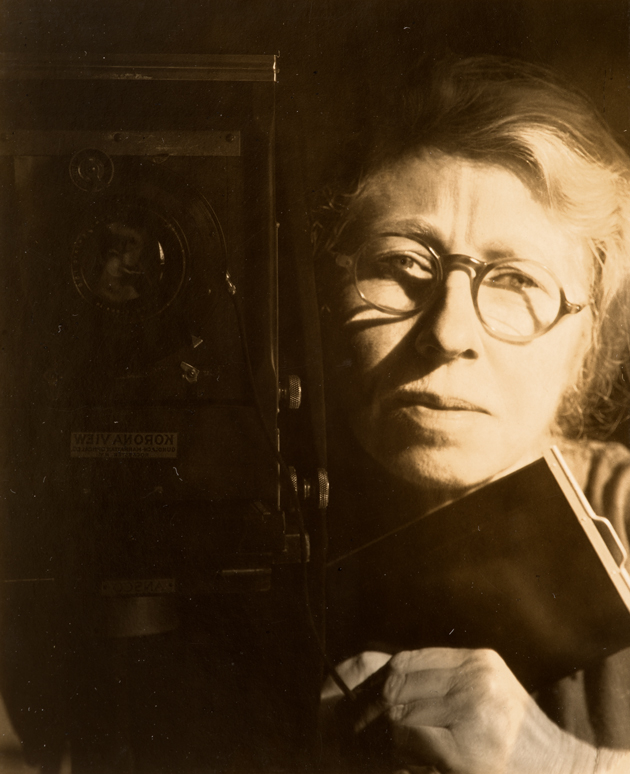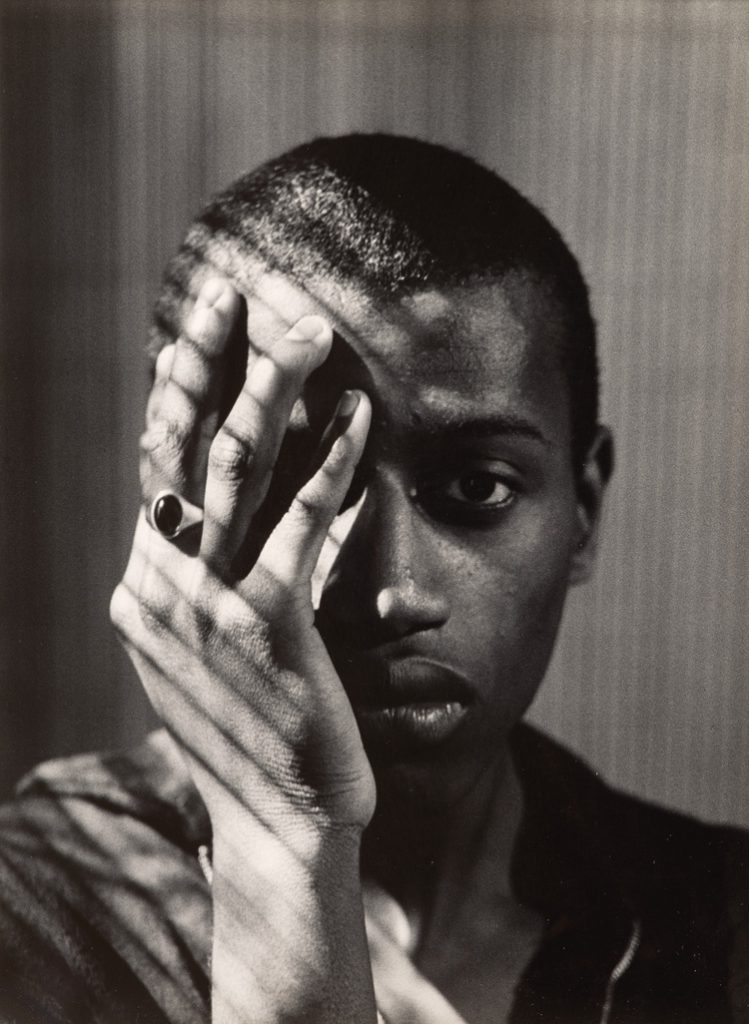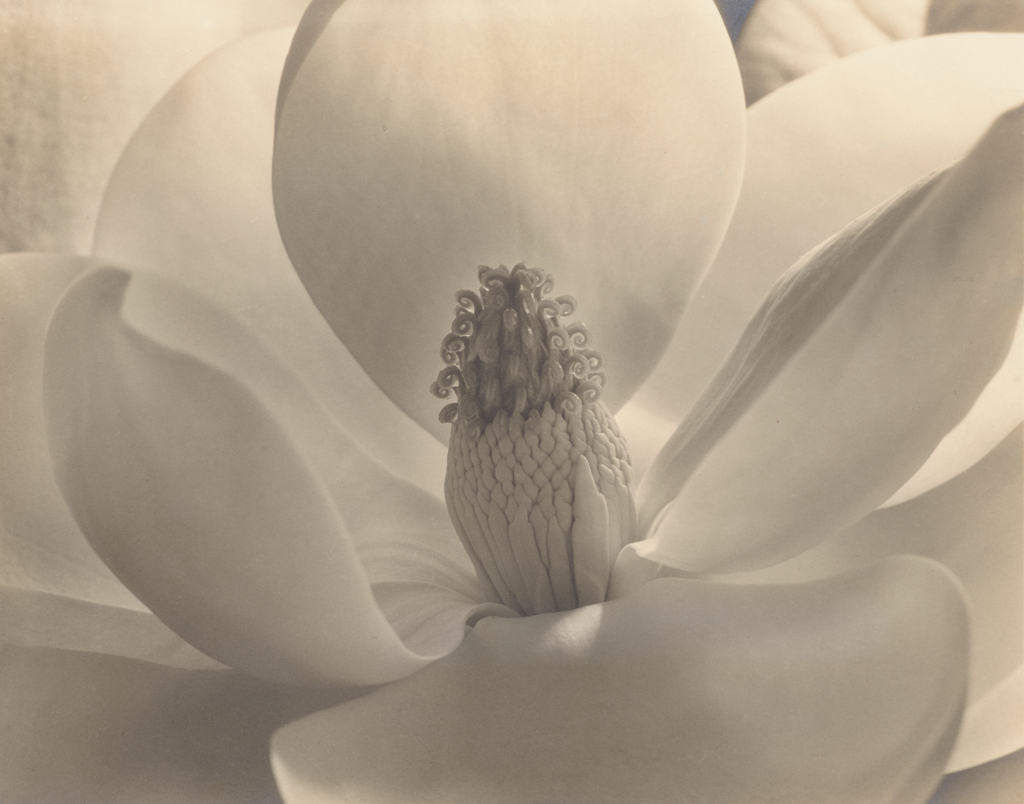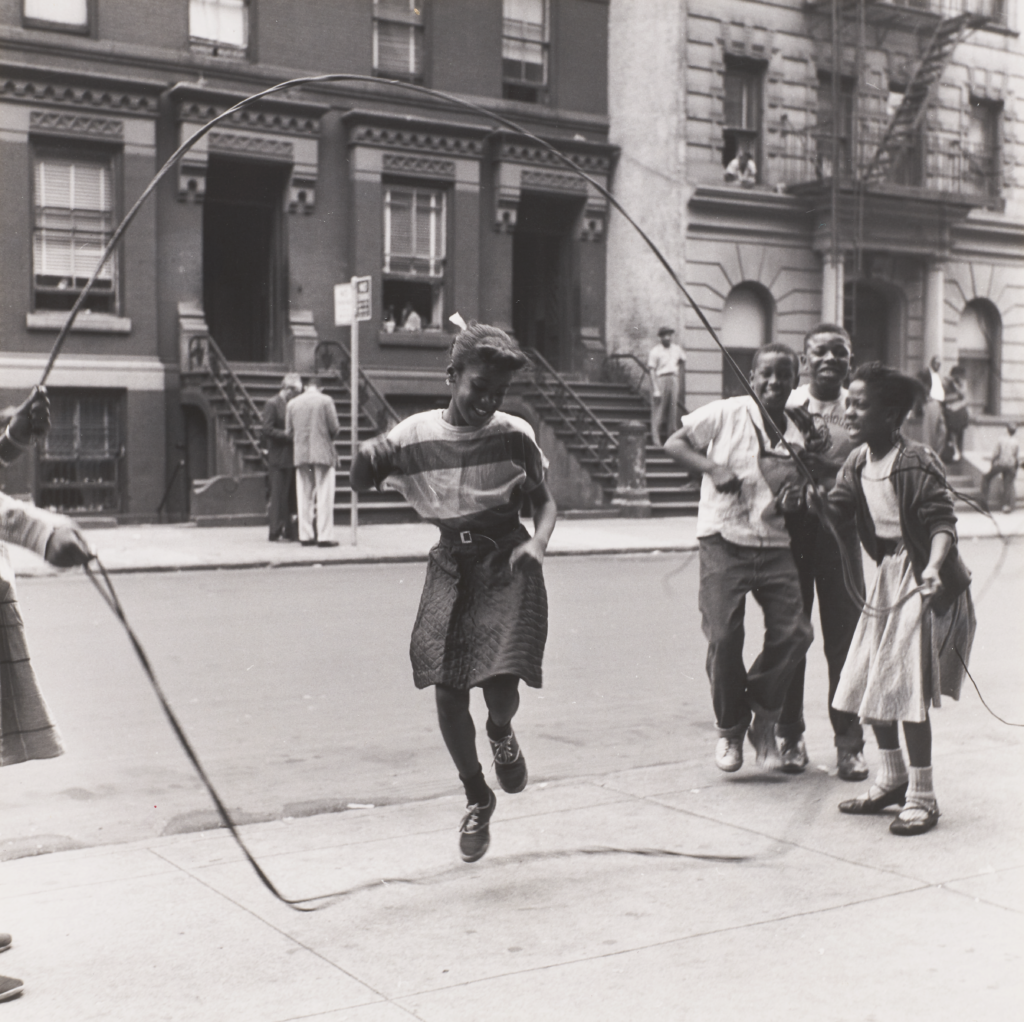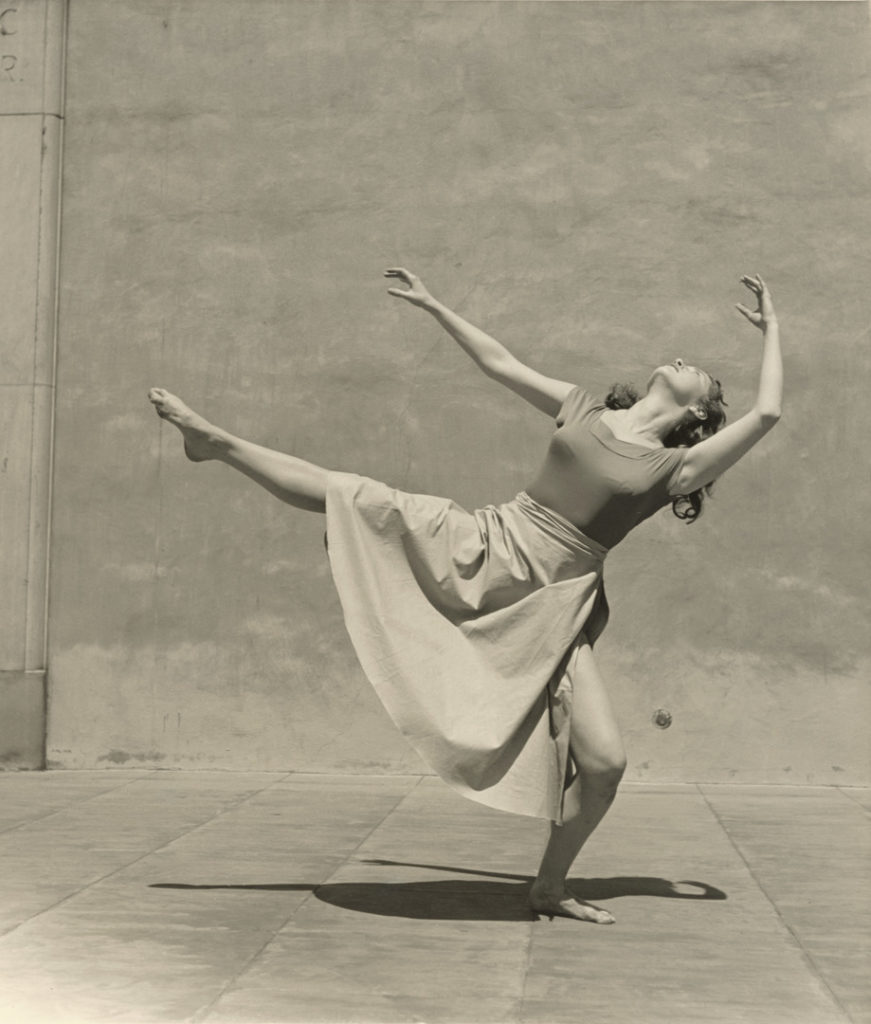Reaching My Full Potential at SAM: Emerging Arts Leader Teagan Nathe Reflects
Growing up, I was always allured by the welcoming mystique of museums. There’s something soothing in the ever-changing exhibitions, never knowing what you’ll find around each corner. A gallery is a space where you can be swallowed up by the art on every wall and forget about the world outside for a moment. I never dreamed that I would be able to be a part of the magic that is Seattle Art Museum and its team of dedicated individuals.
Throughout the course of my internship, I found myself questioning what it meant for a person or community to be reflected on museum walls. Art institutions have historically been a place of exclusion and were known to primarily display the artwork of white male artists. Yet, as society changes before our eyes, these institutions are also changing as they adopt equitable values and acknowledge the harm of their past actions. From my first day on the job, it was clear that everyone at SAM was (and still is) committed to doing this necessary work. The existence of my own role at the museum is evidence of the thought that SAM is putting toward greater inclusion.
In January of 2023, I was offered the position of an Emerging Arts Leader Intern in Equity and Communications. In the six months I spent at SAM, I was able to gain a unique perspective on the inner workings of an incredible institution and highlight the internal work necessary in connecting art to life. During one of my last weeks at SAM, I led a gallery tour discussing artworks that made me feel at home and the significance of changing canon museum artifacts. I took a Socratic approach to my tour, posing critical questions in order for participants to engage deeply with two works: Dawoud Bey’s David Hammons, Pissed Off (1981) and excerpts from Jim Goldberg’s Rich and Poor (1977–1985). I was drawn to these pieces partially because I’m a photographer and these photos were shot on black and white film. More so, these images portray the raw and emotional nature of life. Whether it’s the complexities of race within the arts world or economic class barriers, these artists capture the reality of our contemporary moment.
One of my favorite aspects of this internship was the opportunity to meet so many individuals who are palpably enthusiastic about their jobs. I would like to say thank you to everyone who made me feel at home on the SAM staff, and particularly to my supervisor, Priya Frank. Priya made me realize that I don’t have to sacrifice a single part of myself to be successful and that giving a commencement speech at T-Mobile Park while wearing sparkly Doc Martens, big hoops, and a bright pink lipstick is not only acceptable, but also aspirational. Anyone who’s had the pleasure of meeting Priya will tell you how she exudes pure light and embodies the philosophy of using “joy as my weapon.” Thank you for everything Priya, you’re my idol.
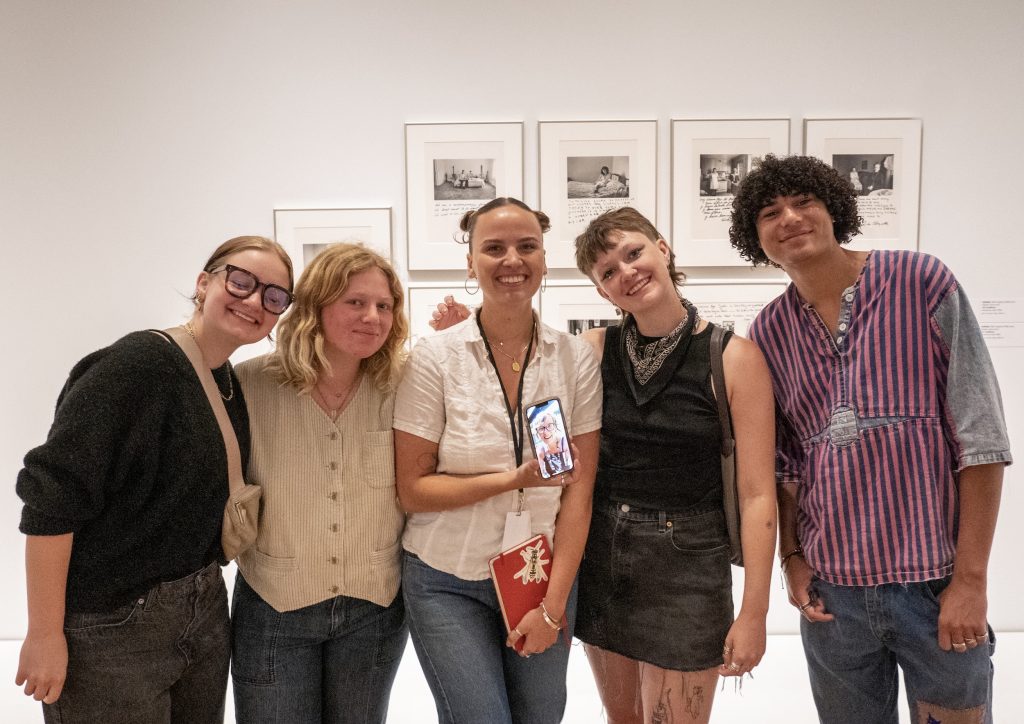
As a newbie to Seattle, I felt disconnected from the art world, as it’s always hard to break in and form connections in a new city. Throughout my time at SAM, I was able to meet many different artists and worked alongside so many talented interns. Thank you to Emma, Zak, Alexa, Jo, Aranya, Elizabeth, and many more folks who brought a smile to my face every day at work.
This opportunity has made me believe in myself as an artist and leader, showing me that nothing can stand in my way from achieving what I want. I am immensely grateful for the ways my SAM internship pushed me to my full potential, and for everyone at SAM who believed in me.
– Teagan Nathe, SAM Emerging Arts Leader in Equity and Communications
This article first appeared in the February through June 2024 edition of SAM Magazine and has been edited for our online readers. Become a SAM member today to receive our quarterly magazine delivered directly to your mailbox and other exclusive member perks!
Photos: Chloe Collyer.
